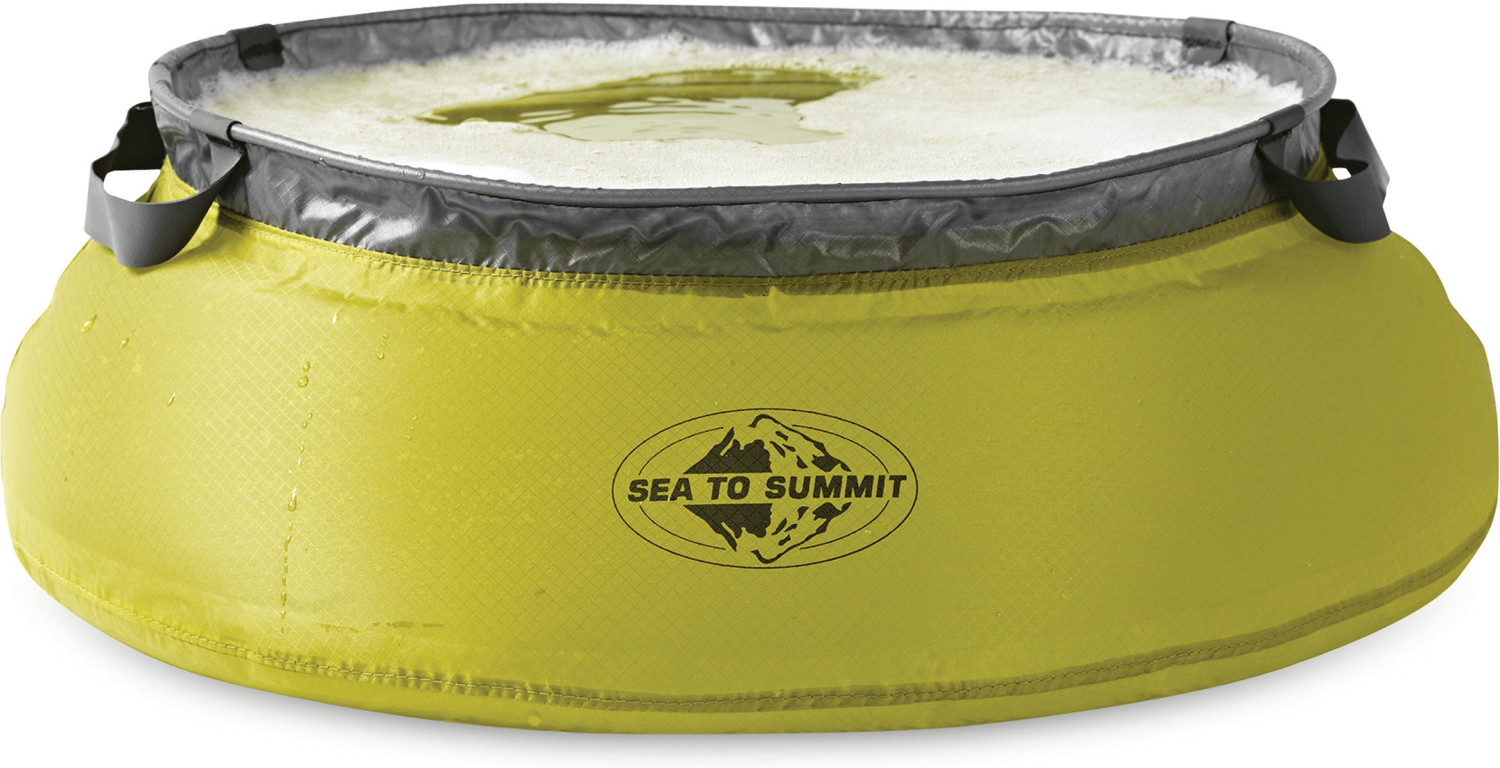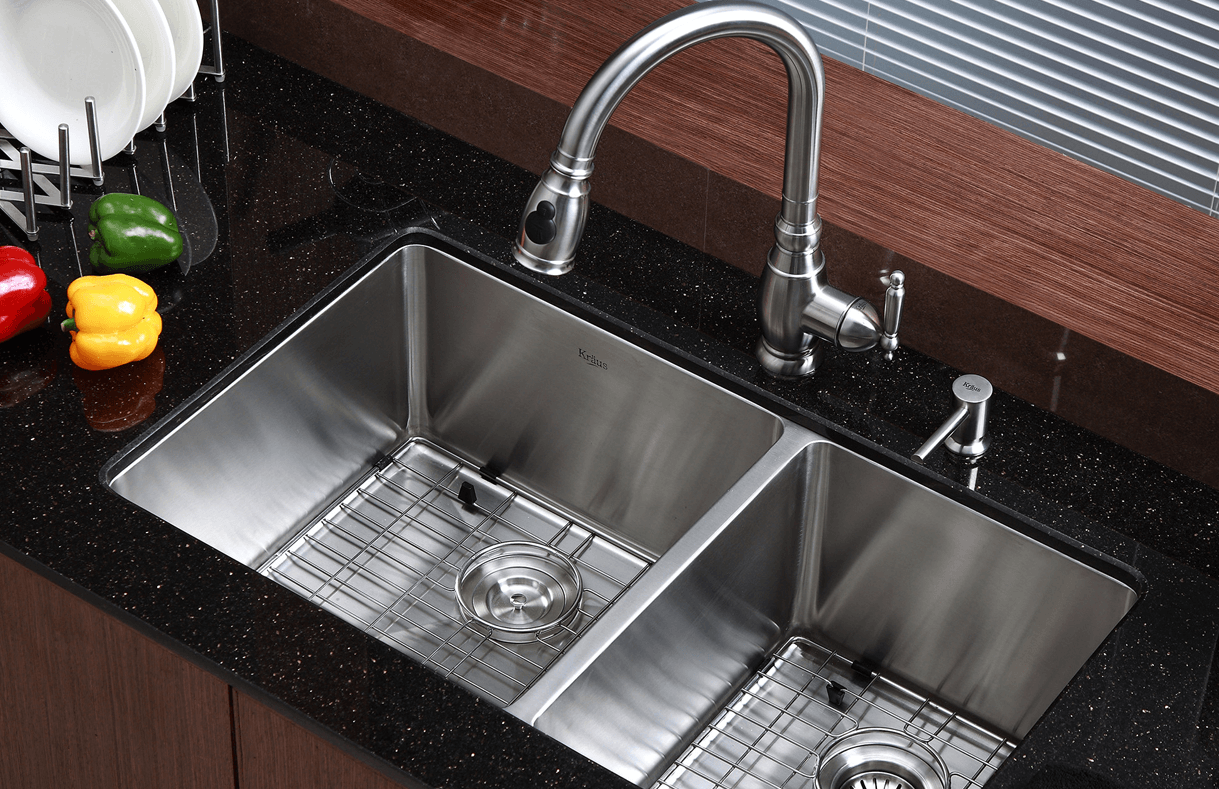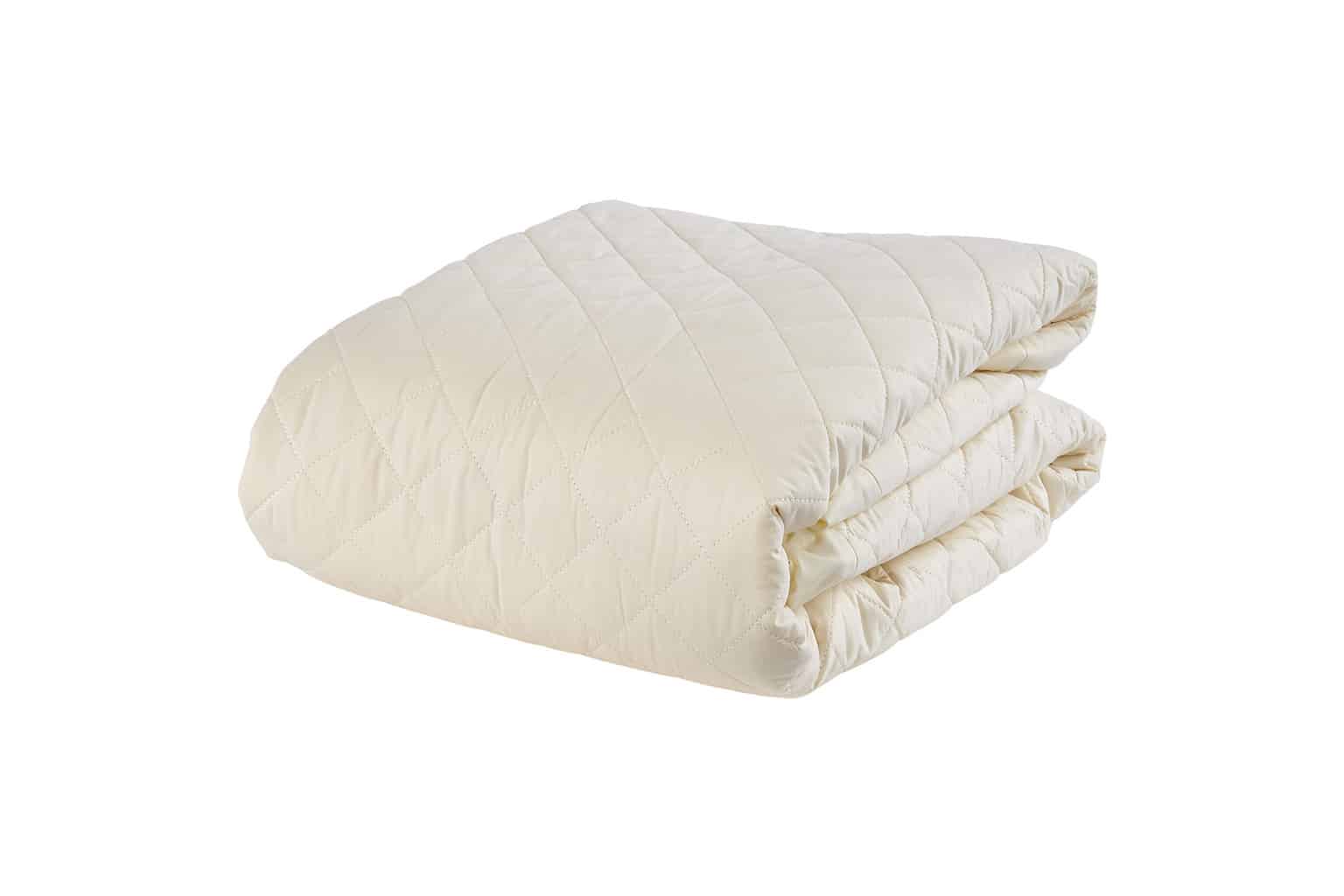If your kitchen sink water pressure is too high and the sprayer is only dribbling water, the first thing you should check is the aerator. This small mesh screen is located at the end of the faucet and helps to regulate the water flow. Over time, it can become clogged with mineral deposits and debris, causing a decrease in water pressure. To fix this issue, simply unscrew the aerator and clean it thoroughly with a mixture of equal parts water and vinegar. This will help to remove any buildup and restore proper water flow.1. Check the aerator
Another common cause for low water pressure in the kitchen sink sprayer is a clogged nozzle. Over time, food particles, soap scum, and other debris can build up in the sprayer head, causing water to only dribble out. To clean the sprayer nozzle, unscrew it from the sprayer hose and soak it in a mixture of hot water and dish soap. Use a small brush to remove any buildup and then rinse it thoroughly before reattaching it to the hose.2. Clean the sprayer nozzle
If your kitchen sink water pressure is consistently too high, it may be due to the water pressure regulator. This valve is typically located near the main water supply line and helps to regulate the water pressure throughout your home. If the regulator is set too high, it can cause issues with your kitchen sink sprayer. Use a wrench to adjust the valve and lower the water pressure to a more manageable level.3. Adjust the water pressure regulator
Another potential cause for low water pressure in the kitchen sink sprayer is a clog in the sprayer hose. To check for clogs, detach the hose from the faucet and turn on the water. If the water flows freely, the issue is likely with the sprayer head or aerator. However, if the water is still only dribbling out, the hose may be clogged. Use a small wire or pipe cleaner to remove any debris from the hose and then reattach it to the faucet.4. Check for clogs in the sprayer hose
If you have tried cleaning the sprayer nozzle and hose and adjusting the water pressure regulator but are still experiencing low water pressure, it may be time to replace the sprayer hose. Over time, these hoses can become worn or damaged, causing a decrease in water flow. Look for a replacement hose that is compatible with your faucet and install it according to the manufacturer's instructions.5. Replace the sprayer hose
In some cases, the issue may not be with your kitchen sink or faucet, but rather with the water supply valves. These valves can become corroded or worn over time, resulting in decreased water pressure. Check the hot and cold water supply valves under your sink and make sure they are fully open. If they are damaged, it may be necessary to replace them in order to restore proper water flow.6. Check the water supply valves
If you have an older kitchen sink faucet, the issue may be with the faucet cartridge. This is the part of the faucet that controls the water flow and temperature. Over time, the cartridge can become worn and may need to be replaced. Consult your faucet's manual or a professional plumber to determine the correct replacement cartridge for your specific faucet model.7. Replace the faucet cartridge
If all else fails, it may be necessary to install a new sprayer head. Over time, these can become clogged or damaged, resulting in low water pressure. Look for a replacement sprayer head that is compatible with your faucet and install it according to the manufacturer's instructions. This should help to restore proper water flow to your kitchen sink.8. Install a new sprayer head
In some cases, low water pressure in the kitchen sink sprayer may be due to leaks in the plumbing. Check for any visible leaks under your sink or along the pipes leading to your faucet. If you notice any leaks, it is important to fix them as soon as possible to prevent further damage and restore proper water flow.9. Check for leaks in the plumbing
If you have tried all of the above solutions and are still experiencing issues with low water pressure in your kitchen sink sprayer, it may be time to call a professional plumber. They will be able to diagnose the issue and provide a more permanent solution. Plus, they can also check for any other potential plumbing issues that may be affecting your water pressure. Don't let high water pressure and a dribbling sprayer ruin your kitchen sink experience. Use these tips to troubleshoot and fix the issue, and remember to regularly clean and maintain your faucet to prevent future problems.10. Call a plumber for professional assistance
The Importance of Proper Water Pressure in Your Kitchen Sink

Why is Water Pressure Important?
 Water pressure is a crucial aspect in any household, especially when it comes to your kitchen sink. It affects the efficiency and functionality of your sink, making tasks such as washing dishes and filling up pots and pans much easier and quicker. However, when the water pressure is too high, it can cause some serious issues, such as a dribbling sprayer. In this article, we will discuss the reasons behind high water pressure and how to fix it.
Water pressure is a crucial aspect in any household, especially when it comes to your kitchen sink. It affects the efficiency and functionality of your sink, making tasks such as washing dishes and filling up pots and pans much easier and quicker. However, when the water pressure is too high, it can cause some serious issues, such as a dribbling sprayer. In this article, we will discuss the reasons behind high water pressure and how to fix it.
The Causes of High Water Pressure
 There are several reasons why your kitchen sink's water pressure may be too high. One of the most common reasons is due to the water pressure regulator being set too high. This regulator is responsible for controlling the water pressure throughout your entire home, and if it is not set correctly, it can result in high pressure in your kitchen sink.
Another cause could be a faulty pressure relief valve. This valve is installed to prevent water pressure from building up in your pipes and causing damage. If it malfunctions, it can lead to high water pressure, which can cause problems with your kitchen sink.
There are several reasons why your kitchen sink's water pressure may be too high. One of the most common reasons is due to the water pressure regulator being set too high. This regulator is responsible for controlling the water pressure throughout your entire home, and if it is not set correctly, it can result in high pressure in your kitchen sink.
Another cause could be a faulty pressure relief valve. This valve is installed to prevent water pressure from building up in your pipes and causing damage. If it malfunctions, it can lead to high water pressure, which can cause problems with your kitchen sink.
What Happens When Water Pressure is Too High?
 When your kitchen sink's water pressure is too high, it can cause the sprayer to only dribble instead of providing a strong and steady stream. This can be frustrating and make tasks such as washing dishes and filling up pots take much longer than necessary. Additionally, high water pressure can also put strain on your pipes, leading to leaks and other plumbing issues.
When your kitchen sink's water pressure is too high, it can cause the sprayer to only dribble instead of providing a strong and steady stream. This can be frustrating and make tasks such as washing dishes and filling up pots take much longer than necessary. Additionally, high water pressure can also put strain on your pipes, leading to leaks and other plumbing issues.
How to Fix High Water Pressure
 The first step in fixing high water pressure in your kitchen sink is to check the water pressure regulator. You can do this by using a pressure gauge to measure the water pressure. If it is above 60 psi, then the regulator may need to be adjusted.
If the regulator is not the issue, then it is likely that the pressure relief valve needs to be replaced. This is a job best left to a professional plumber, as it requires specialized tools and knowledge.
The first step in fixing high water pressure in your kitchen sink is to check the water pressure regulator. You can do this by using a pressure gauge to measure the water pressure. If it is above 60 psi, then the regulator may need to be adjusted.
If the regulator is not the issue, then it is likely that the pressure relief valve needs to be replaced. This is a job best left to a professional plumber, as it requires specialized tools and knowledge.
Proper Maintenance for Optimal Water Pressure
 To avoid high water pressure and other plumbing problems, it is important to properly maintain your kitchen sink and its components. Regularly check for any leaks or malfunctions and address them promptly. You should also have your plumbing system inspected by a professional plumber every few years to ensure everything is in good working condition.
In conclusion, having proper water pressure in your kitchen sink is essential for a functional and efficient household. If you are experiencing high water pressure and a dribbling sprayer, be sure to check the water pressure regulator and pressure relief valve. If the issue persists, it is best to consult a professional plumber for assistance. Remember to regularly maintain your plumbing system to avoid any future problems with water pressure.
To avoid high water pressure and other plumbing problems, it is important to properly maintain your kitchen sink and its components. Regularly check for any leaks or malfunctions and address them promptly. You should also have your plumbing system inspected by a professional plumber every few years to ensure everything is in good working condition.
In conclusion, having proper water pressure in your kitchen sink is essential for a functional and efficient household. If you are experiencing high water pressure and a dribbling sprayer, be sure to check the water pressure regulator and pressure relief valve. If the issue persists, it is best to consult a professional plumber for assistance. Remember to regularly maintain your plumbing system to avoid any future problems with water pressure.
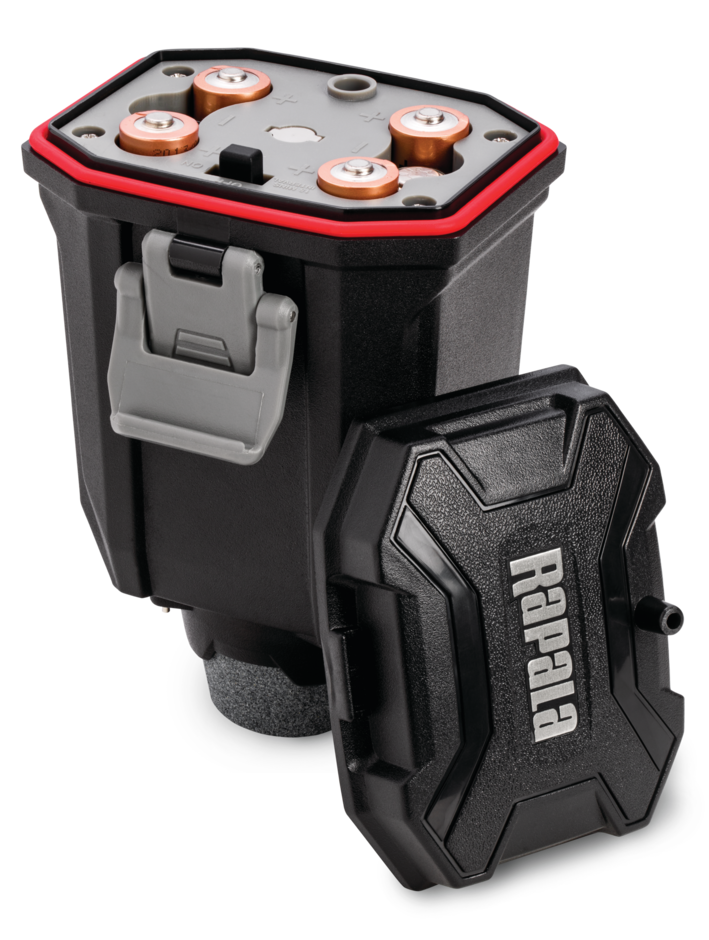

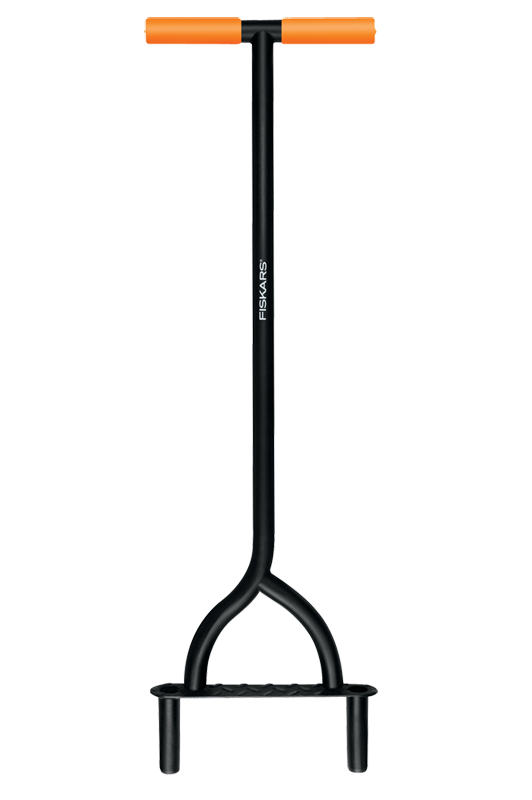



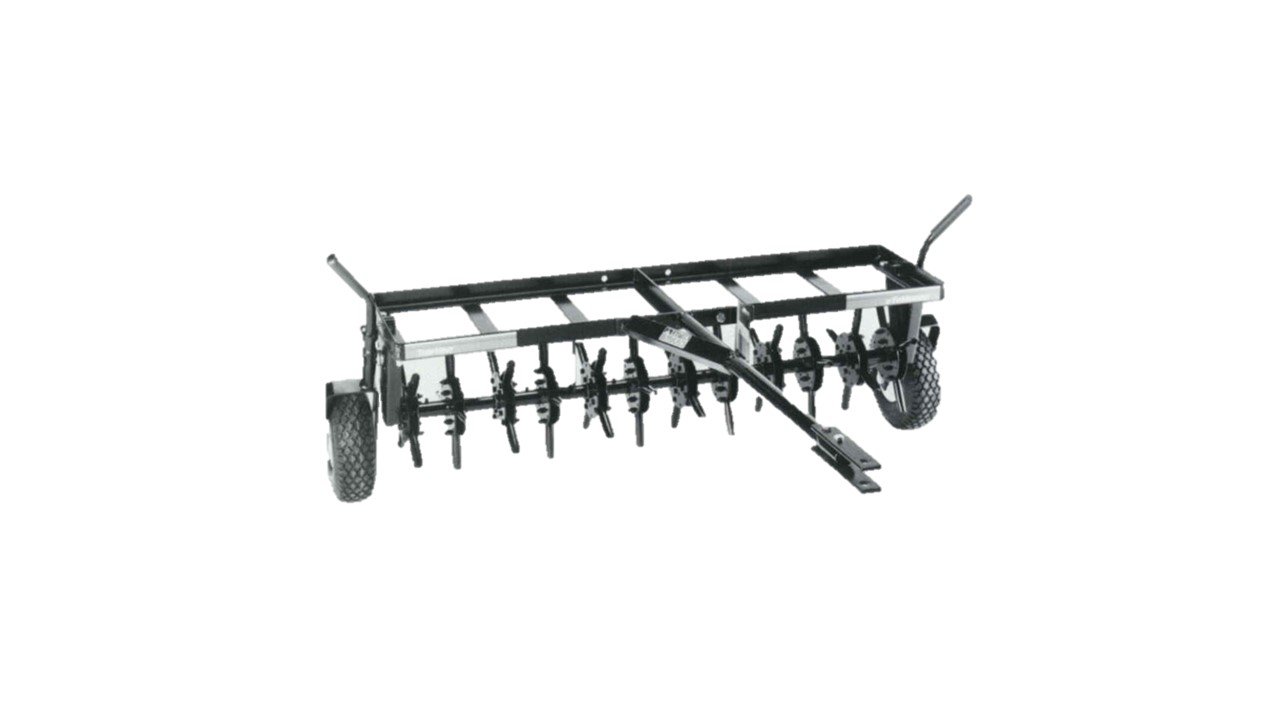

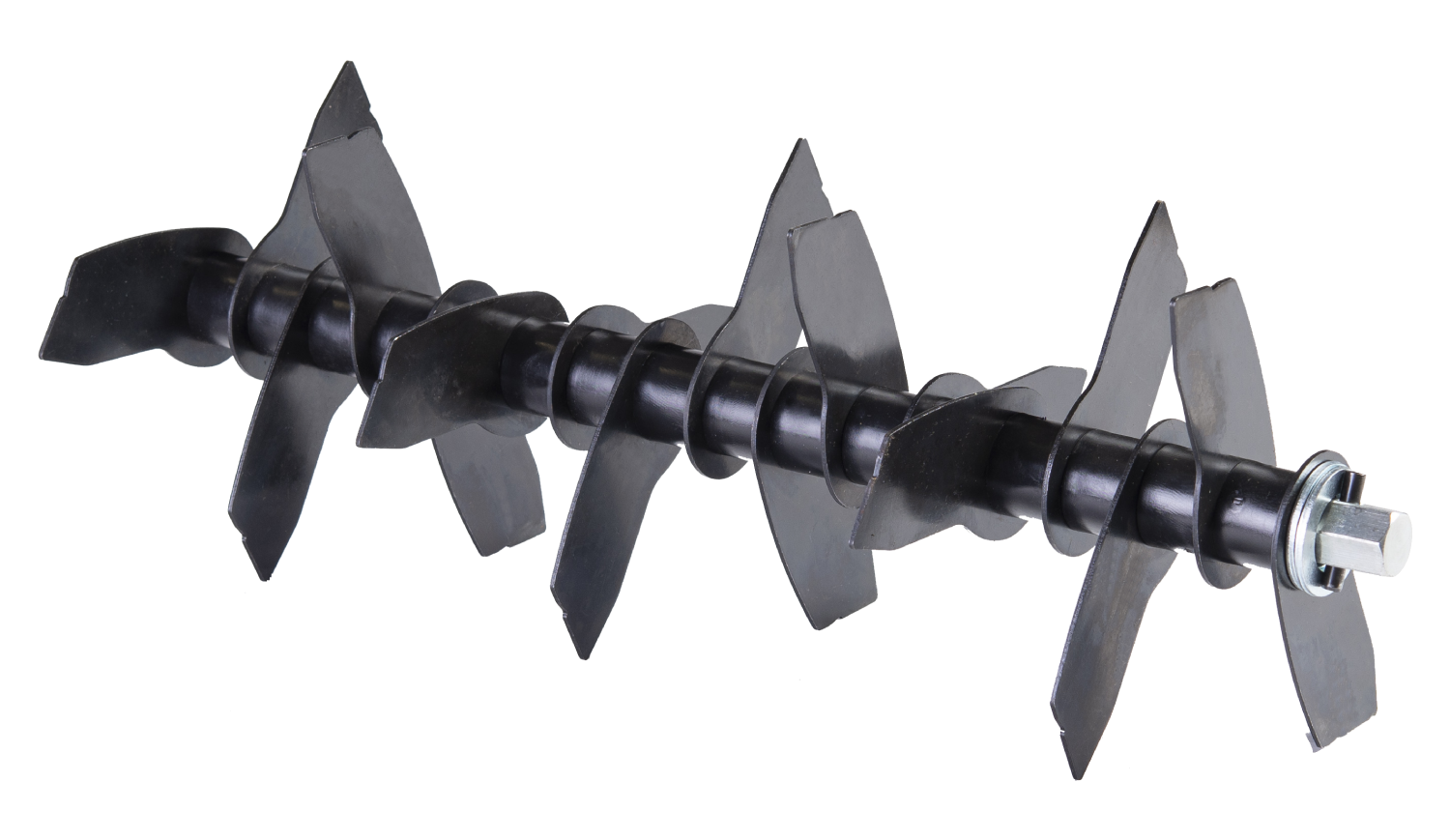


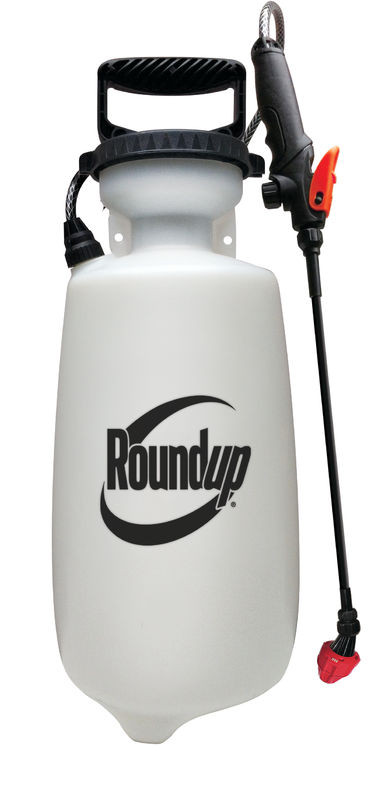

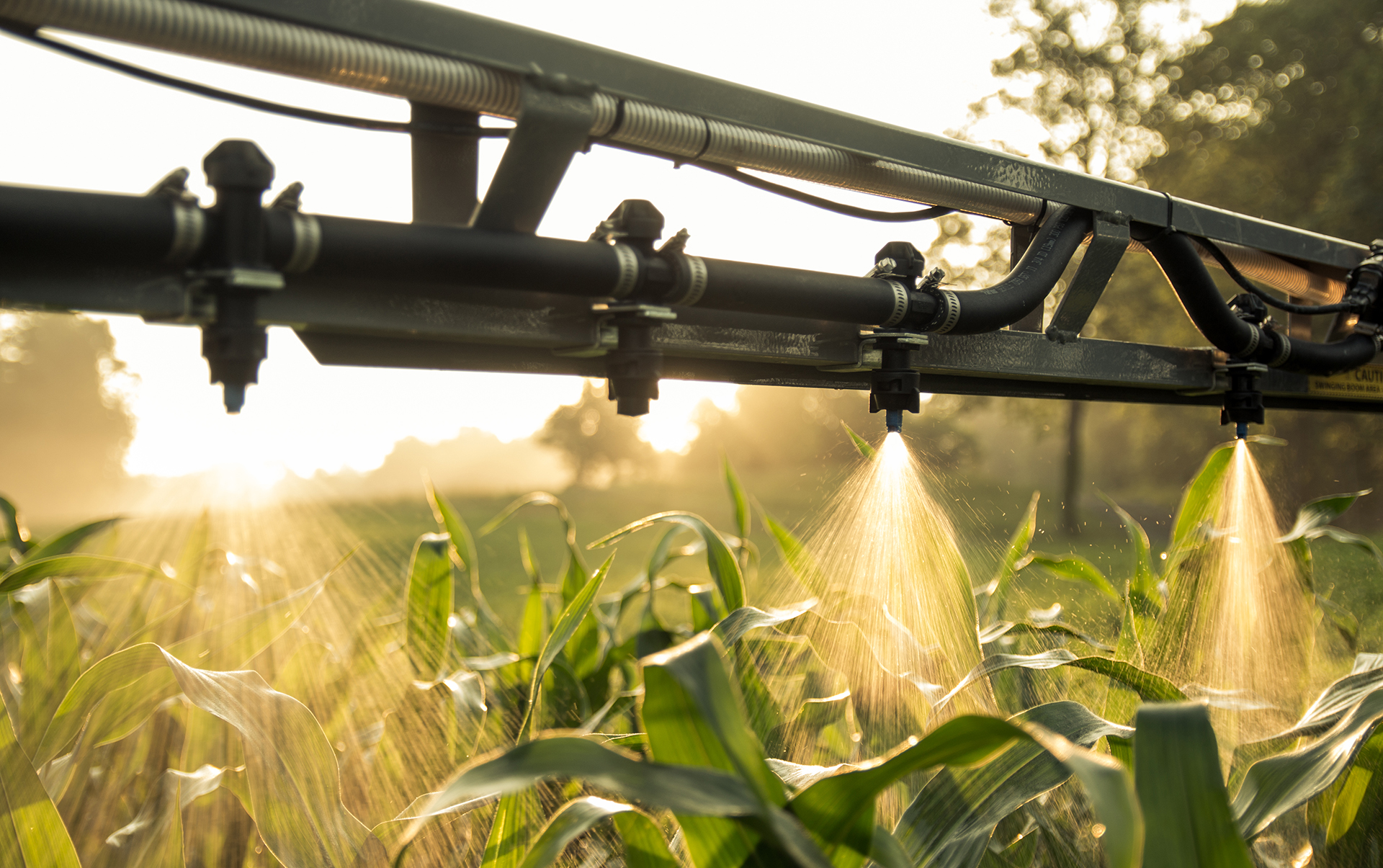

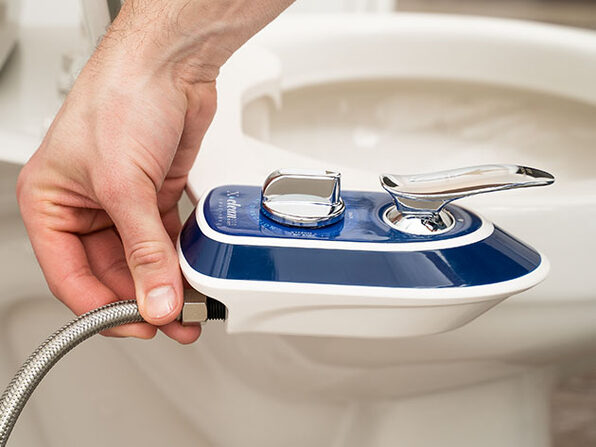
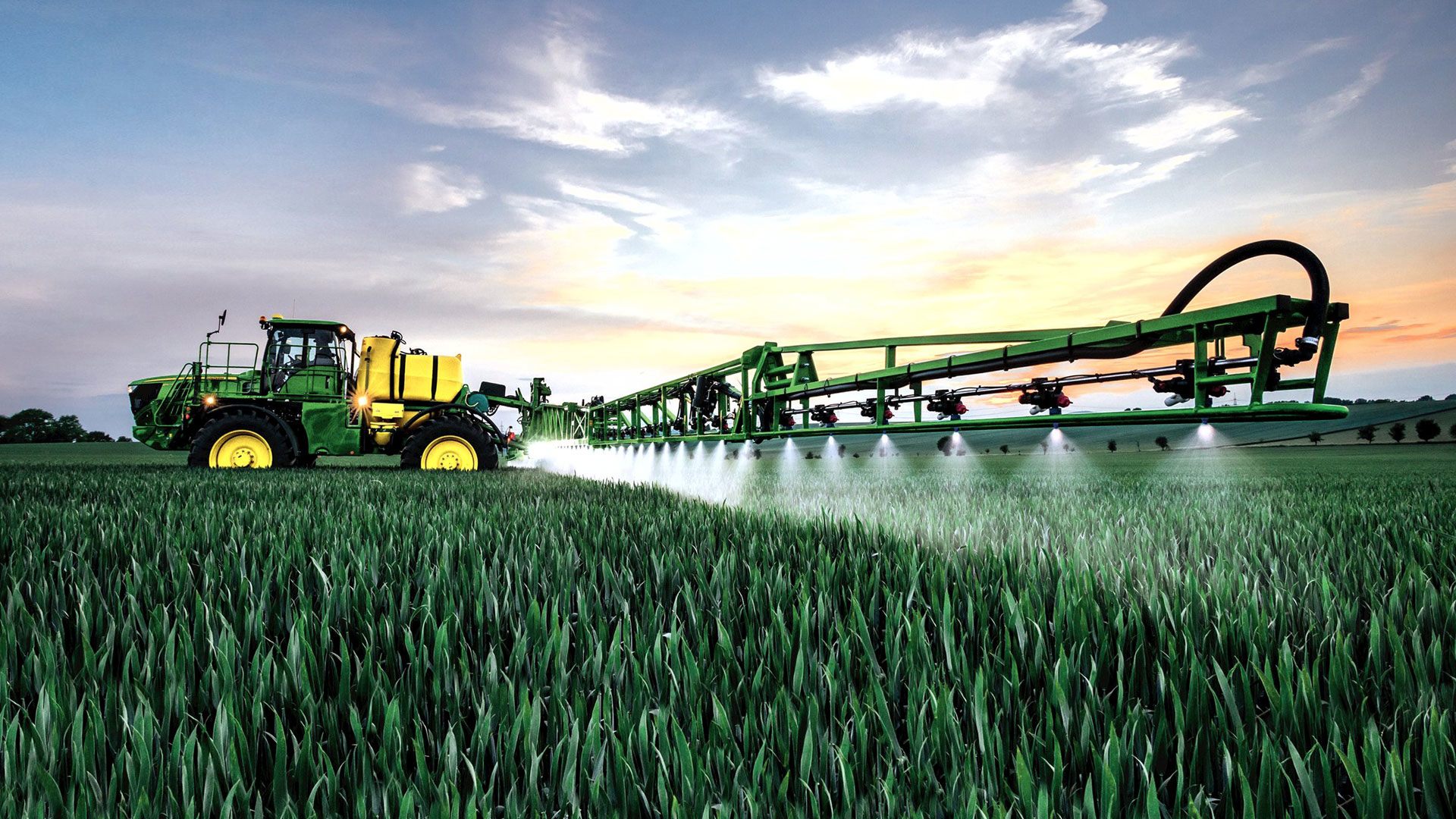

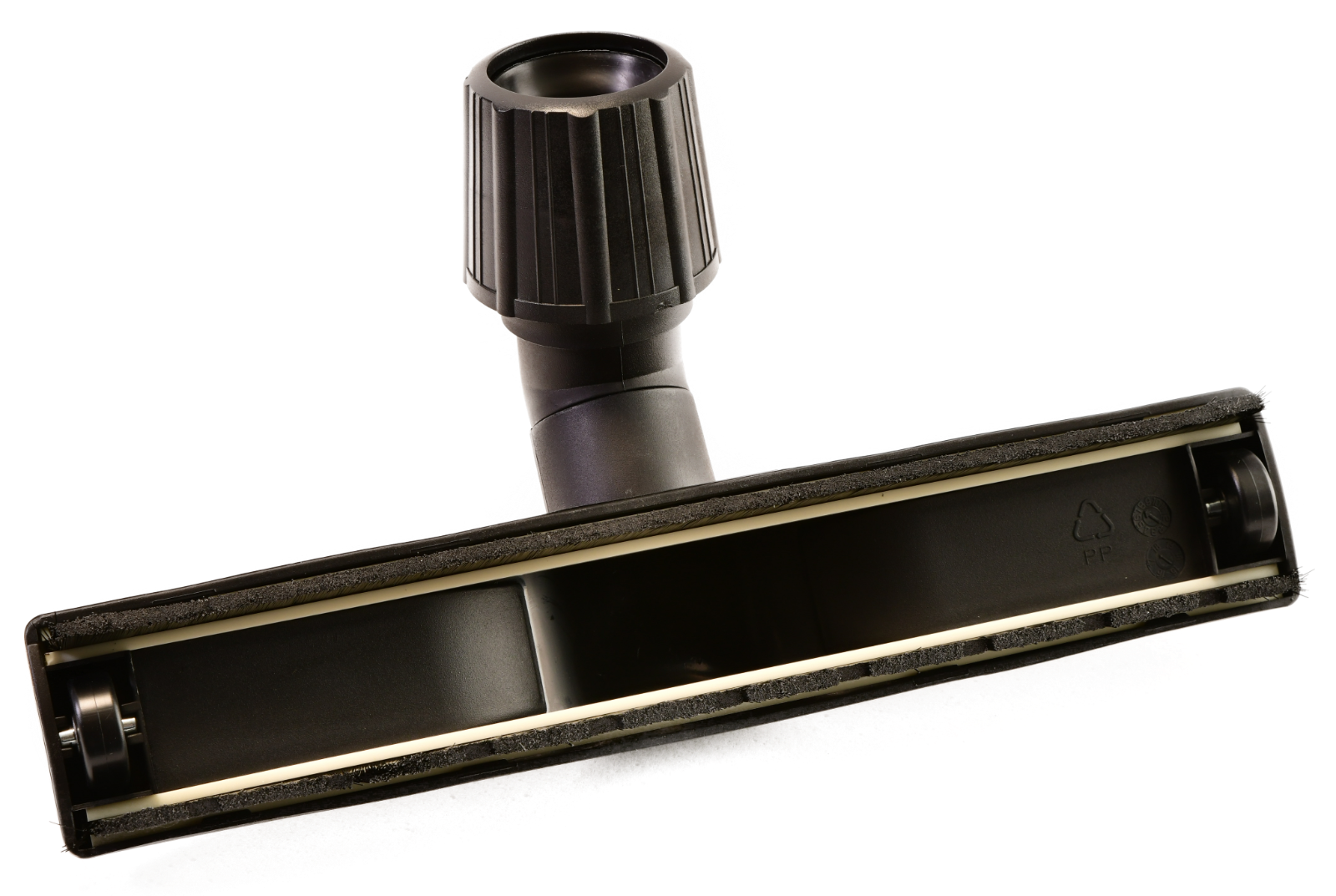
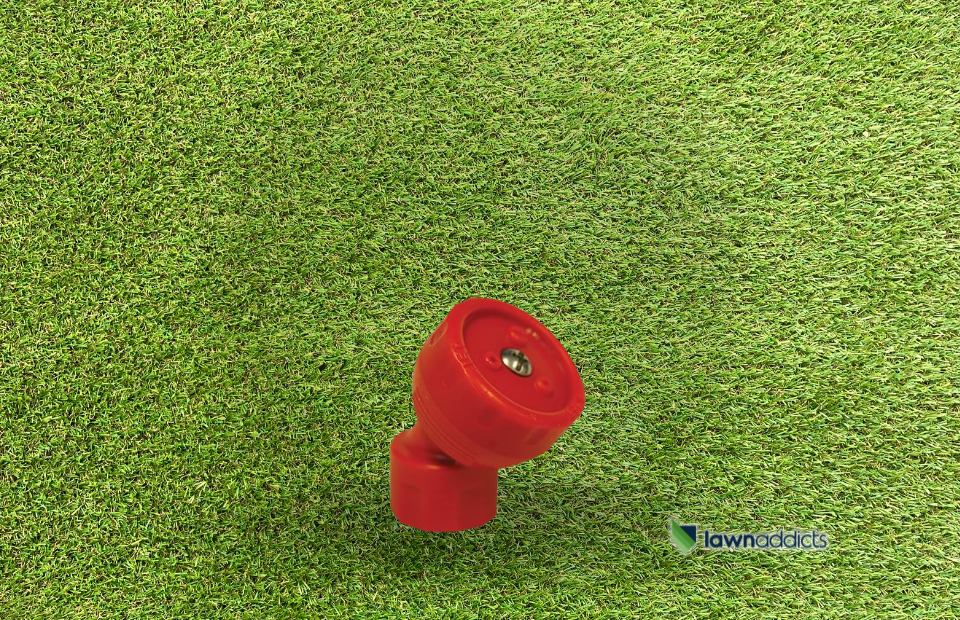


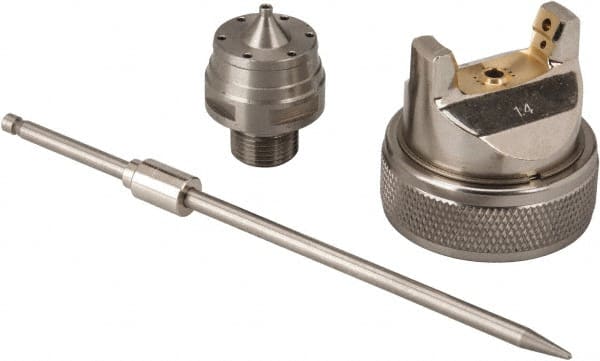
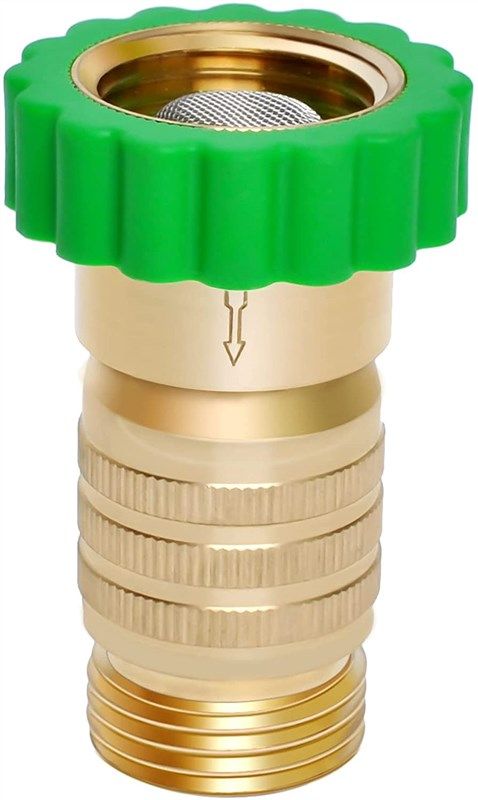


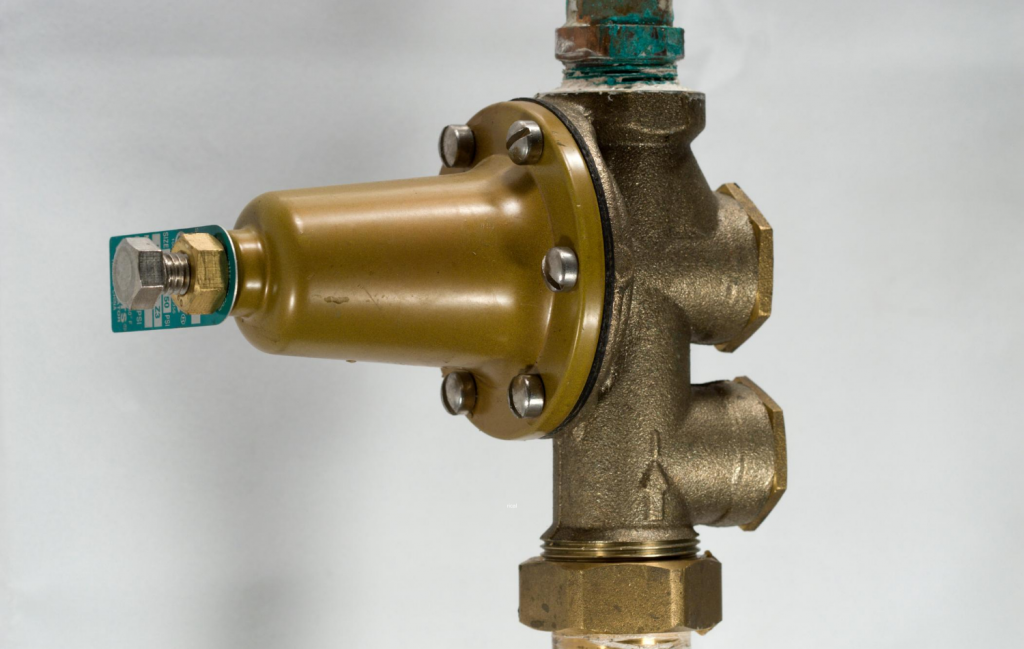
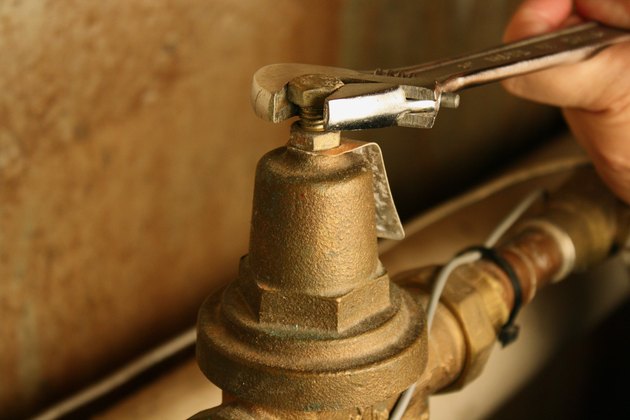




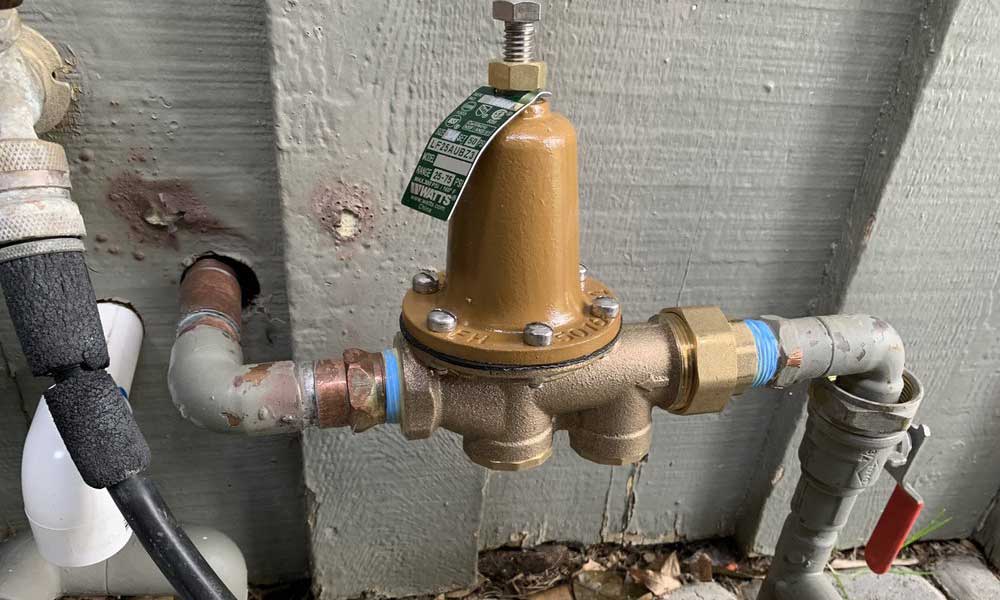



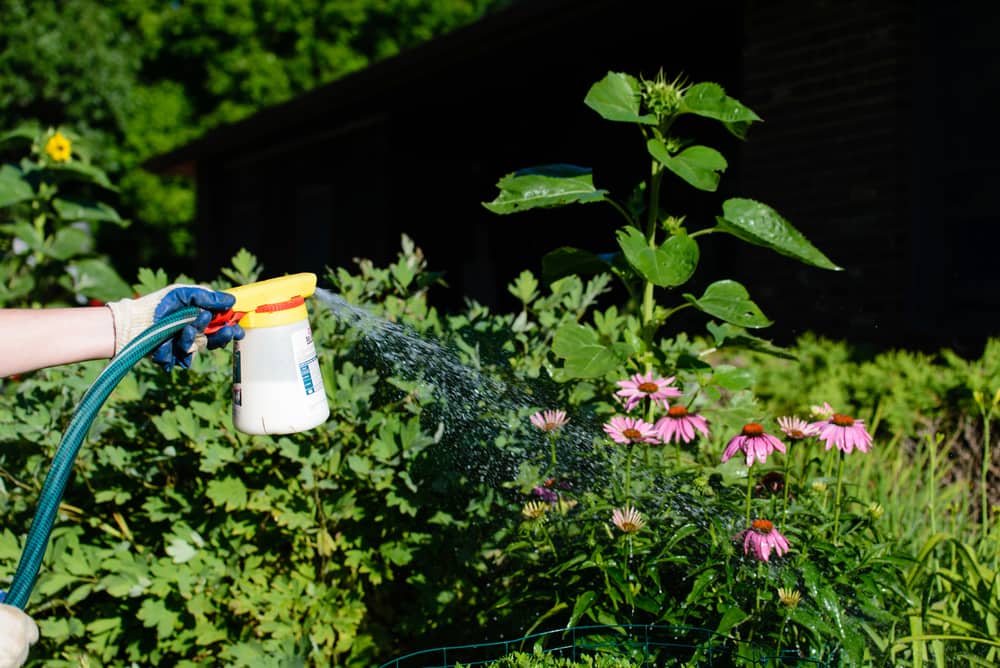


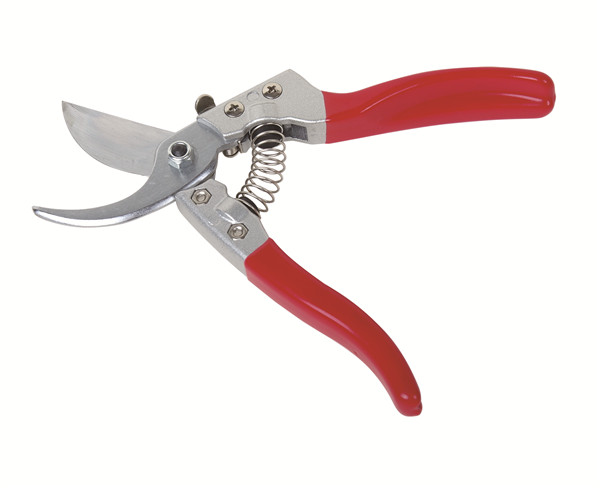

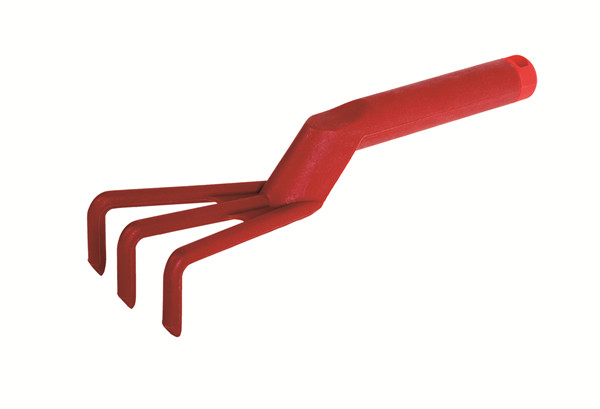
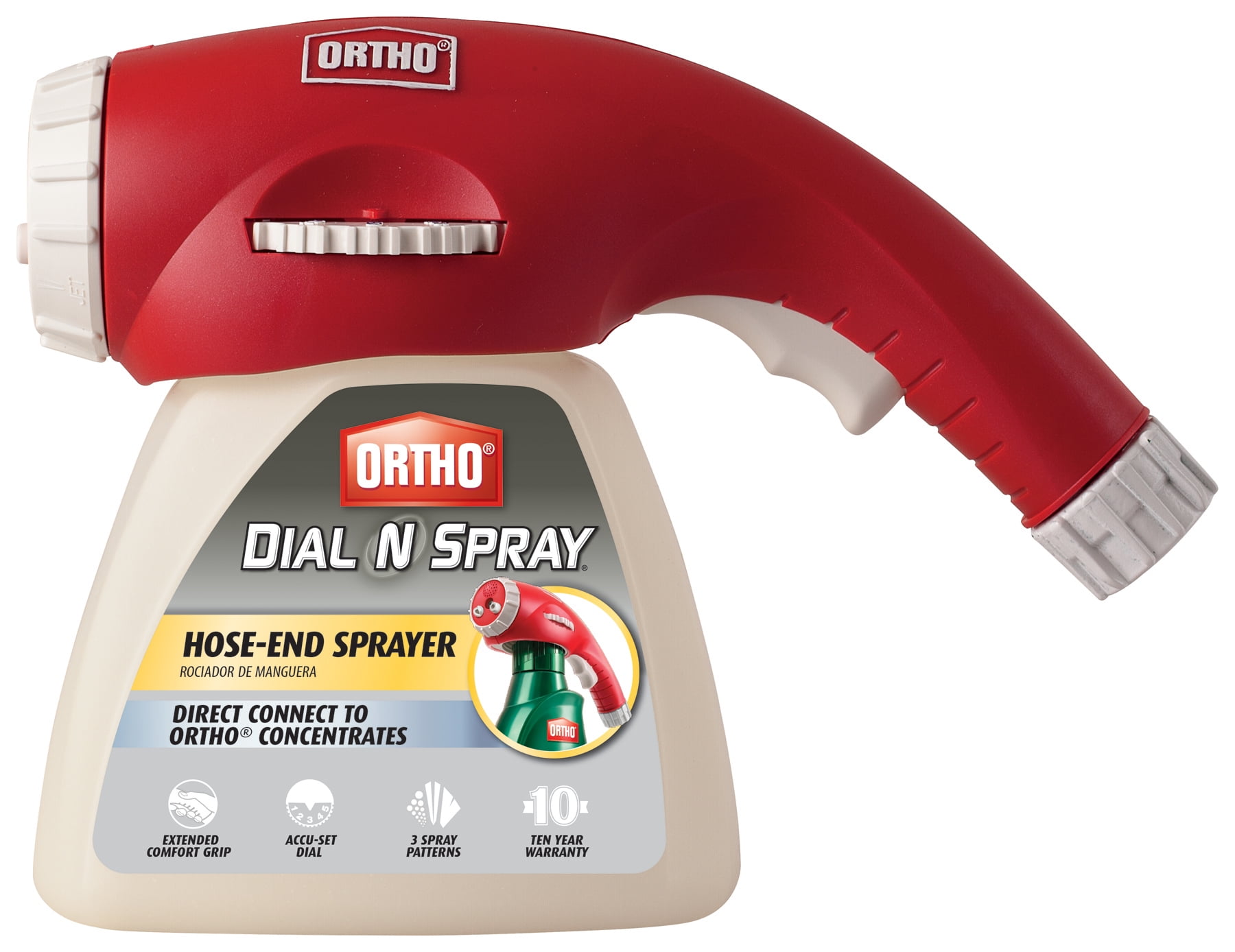

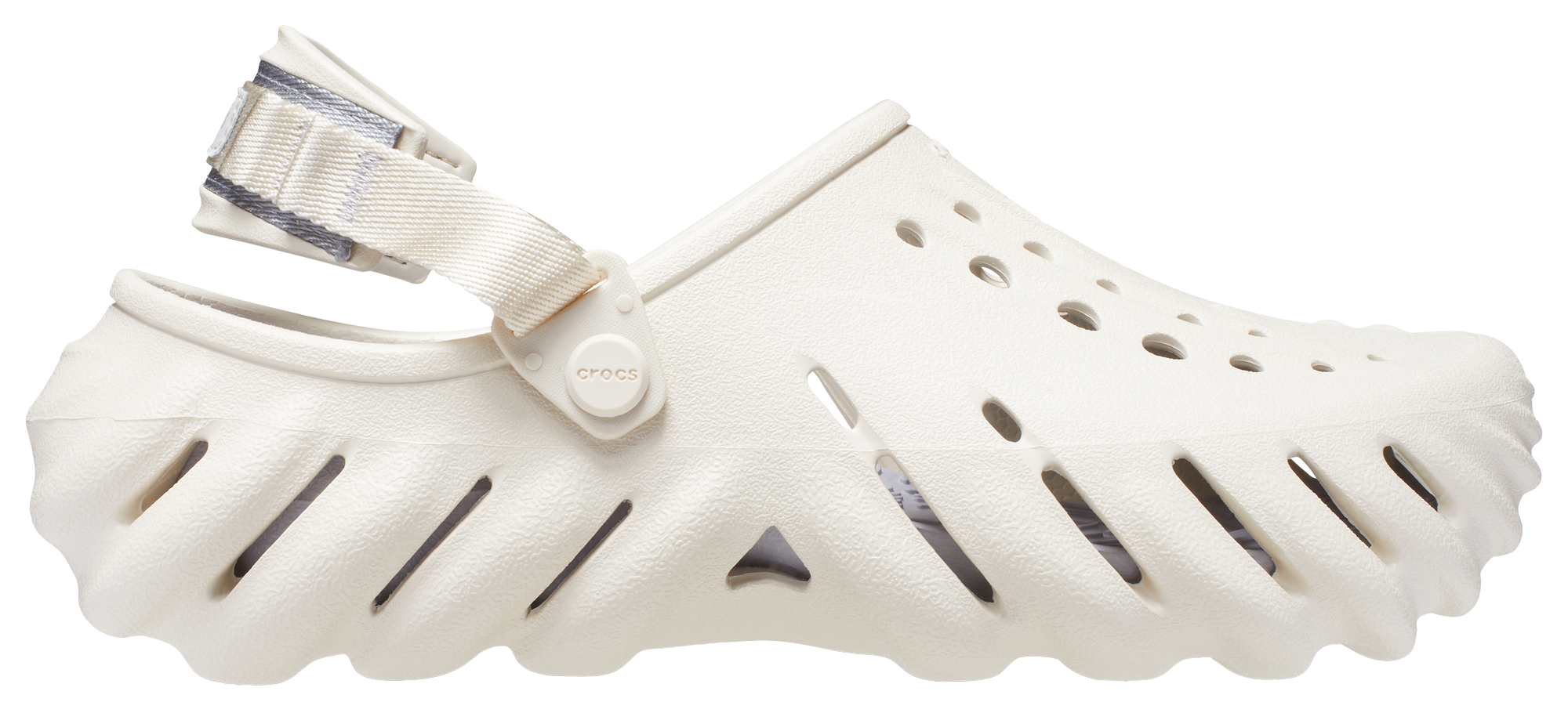


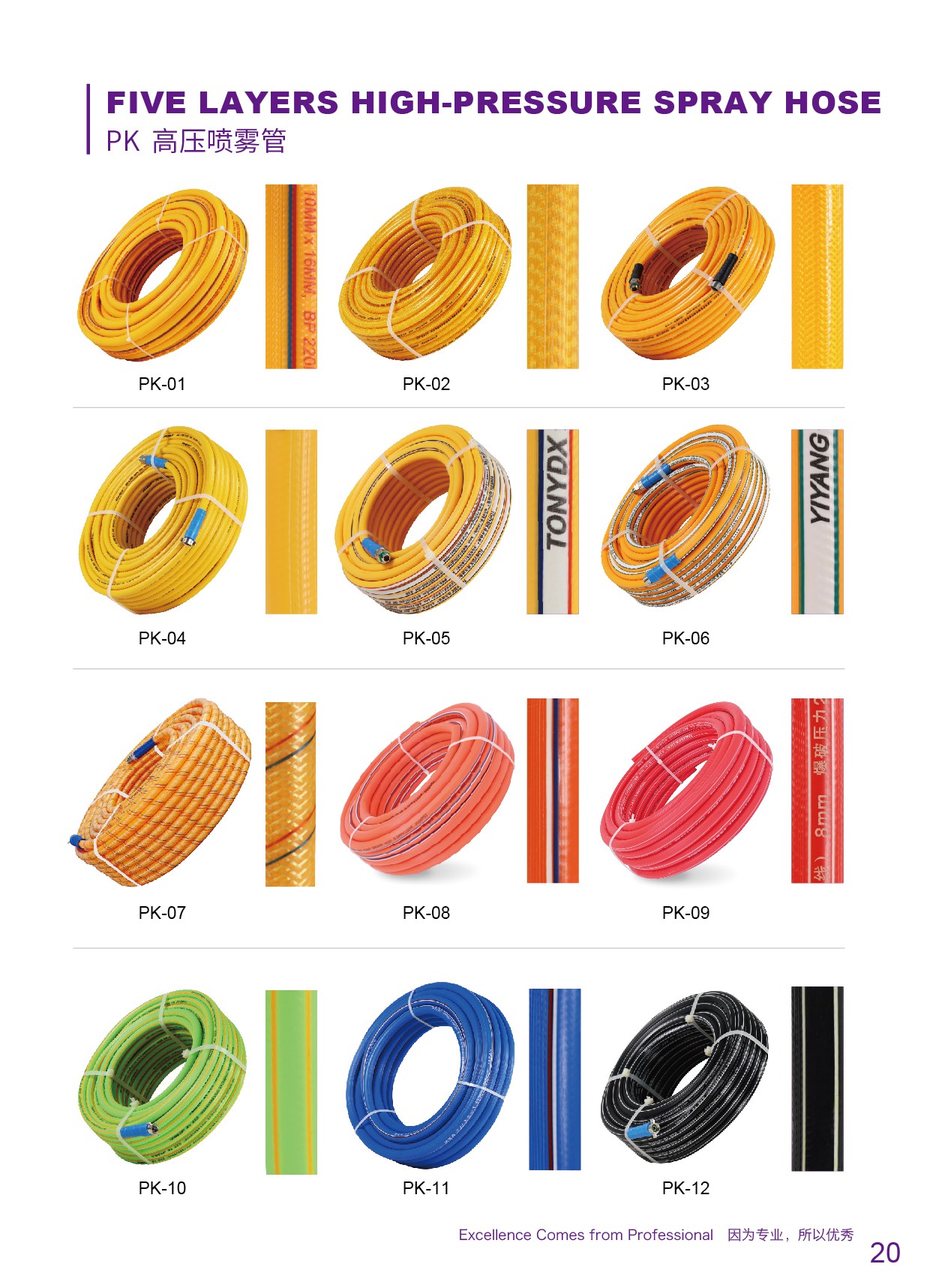

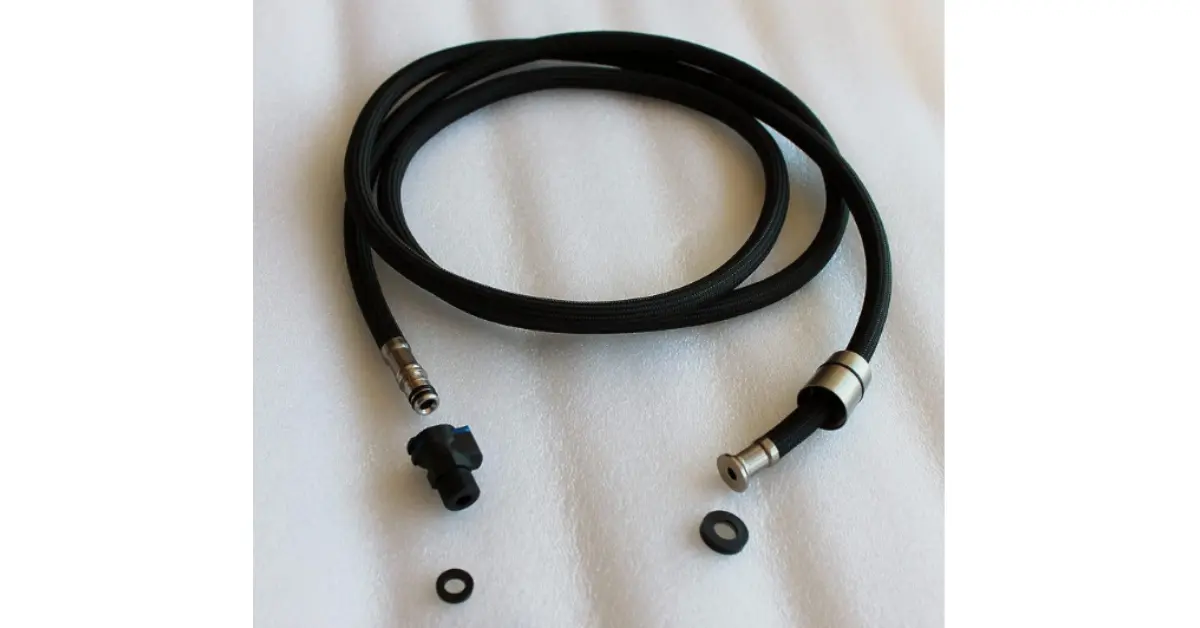


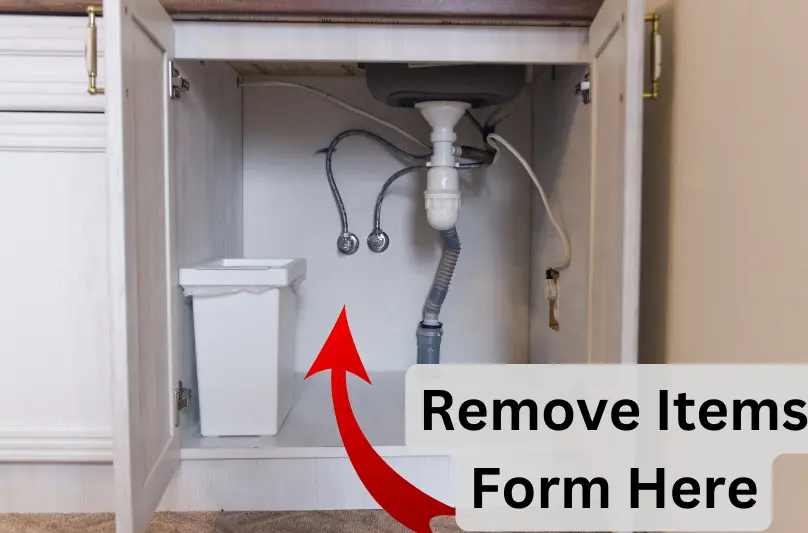



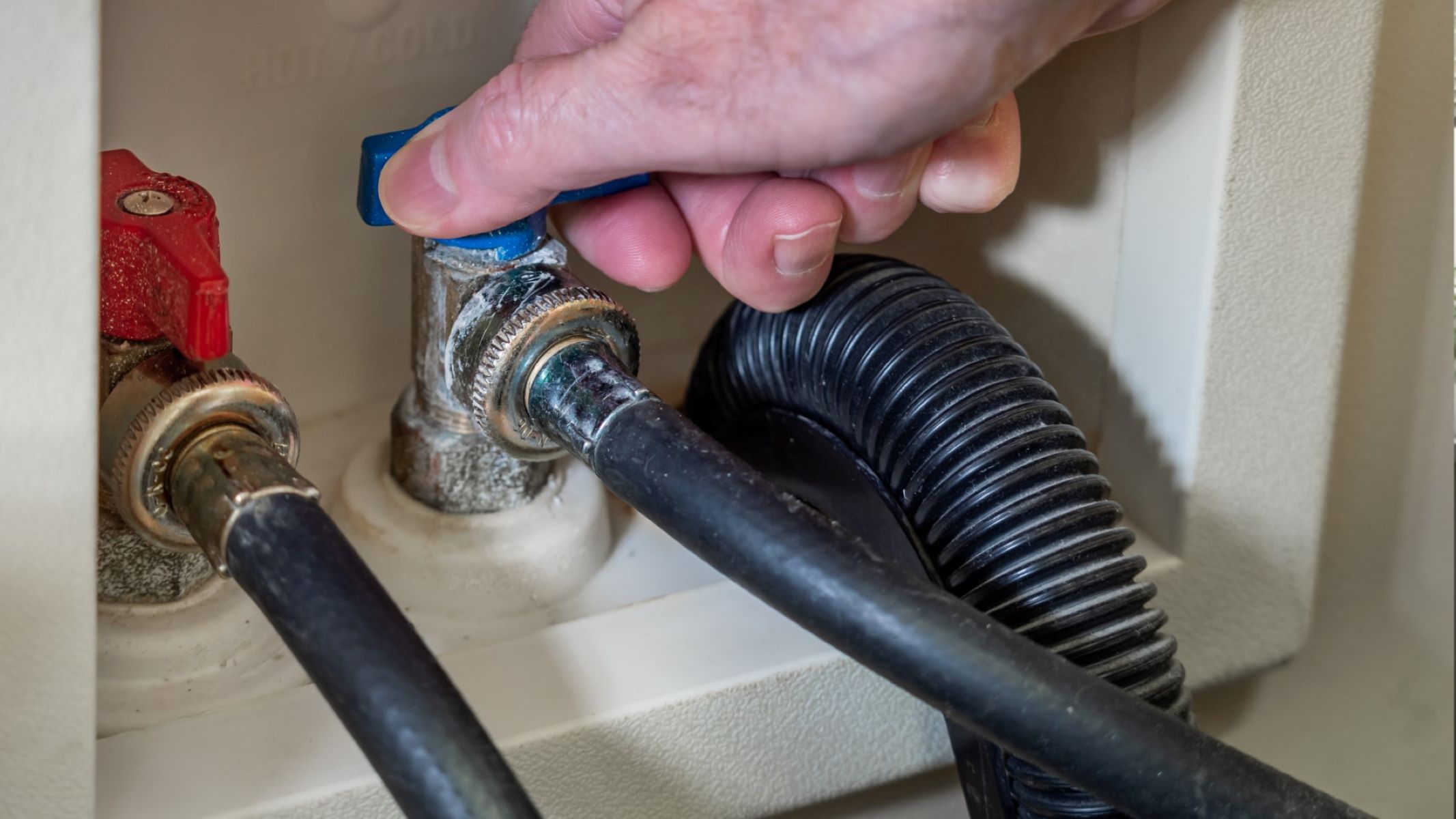
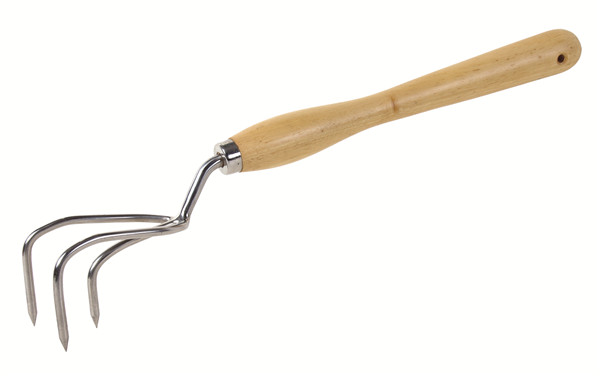
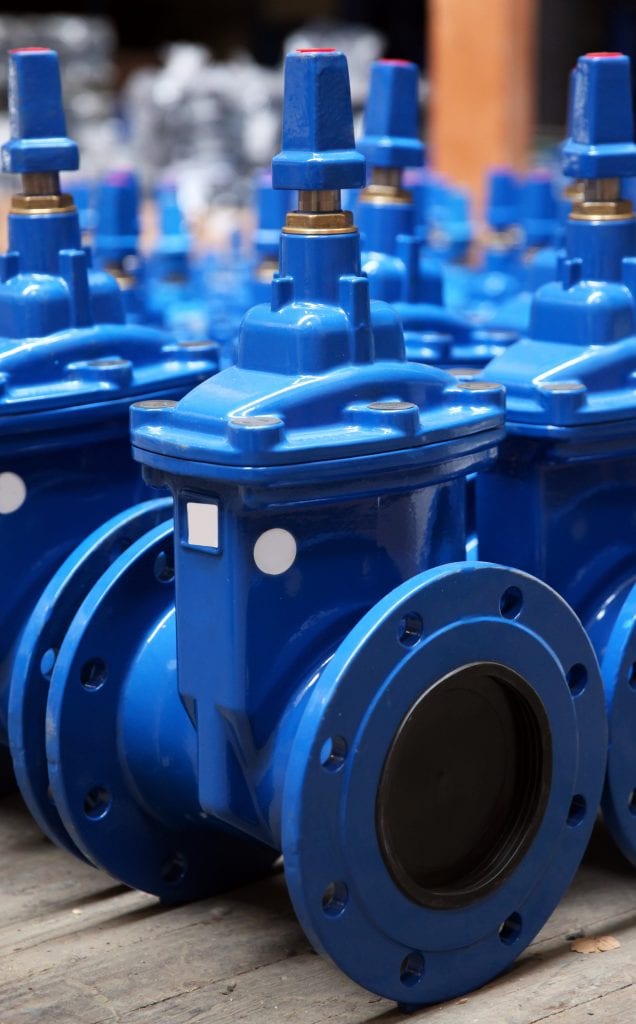

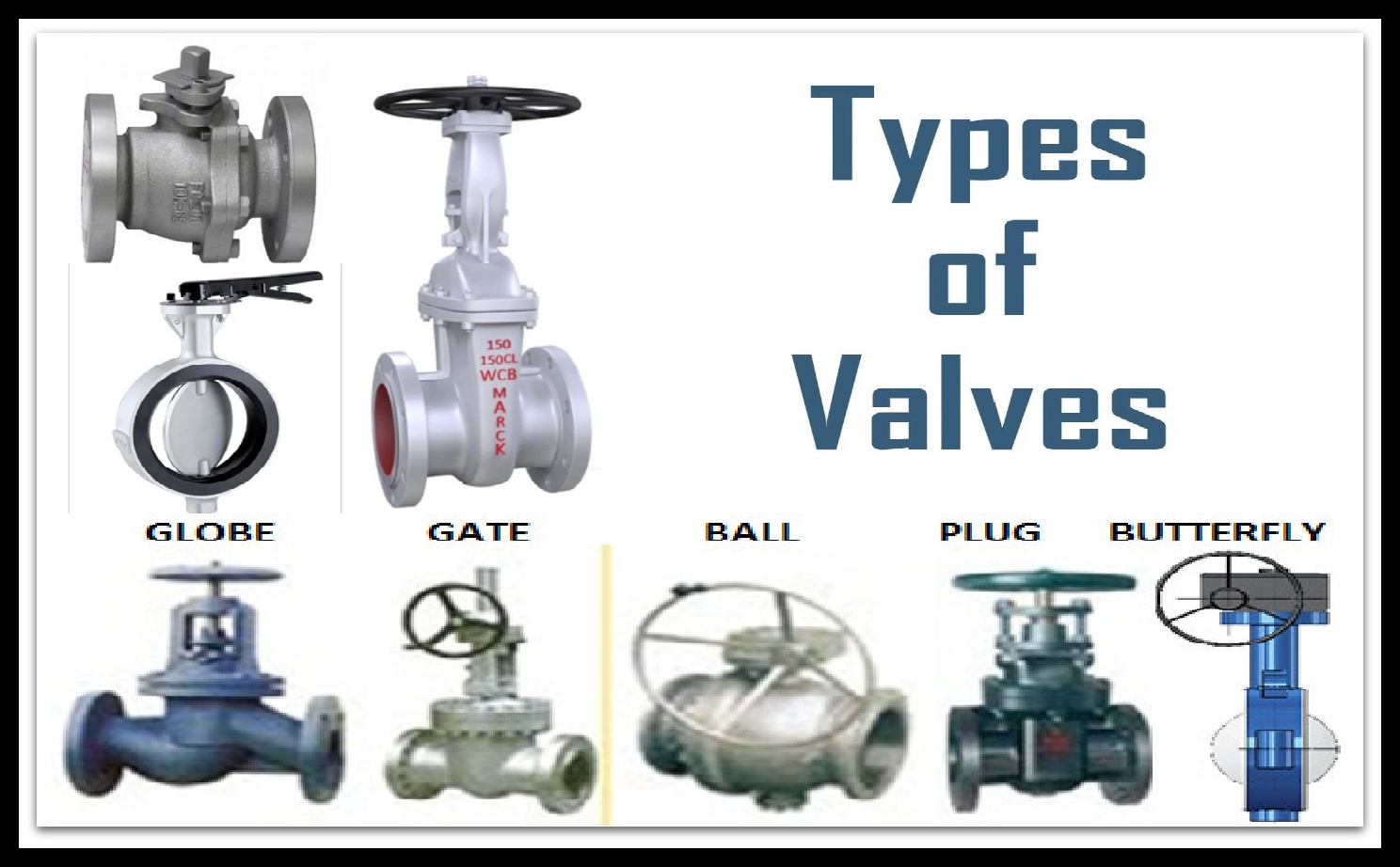
:max_bytes(150000):strip_icc()/GettyImages-106572292-3658474337224eda8721faead4f91390.jpg)




:max_bytes(150000):strip_icc()/GettyImages-1057621140-78ab2e946841421d9a7efeebe02935d2.jpg)

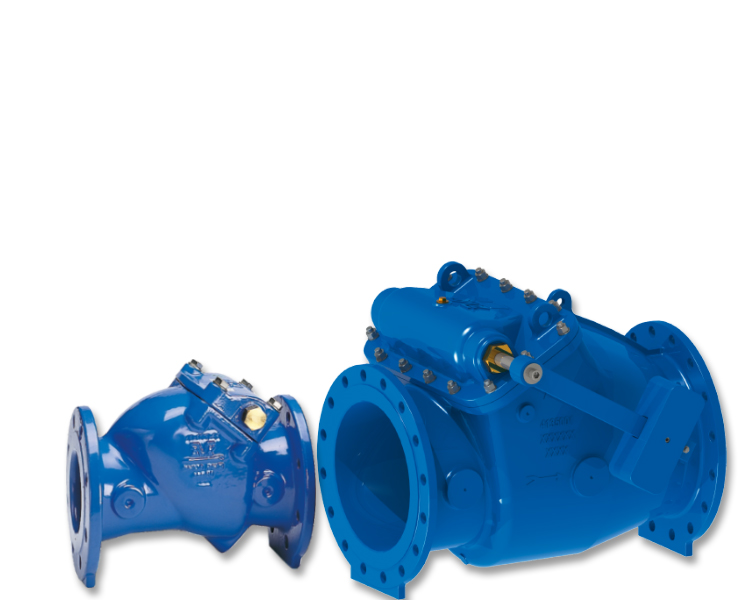


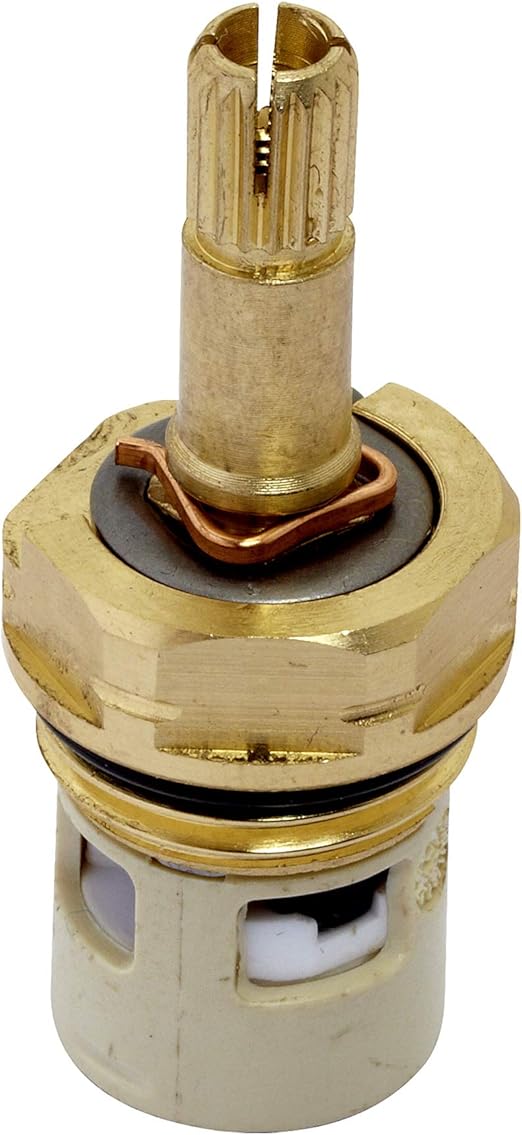










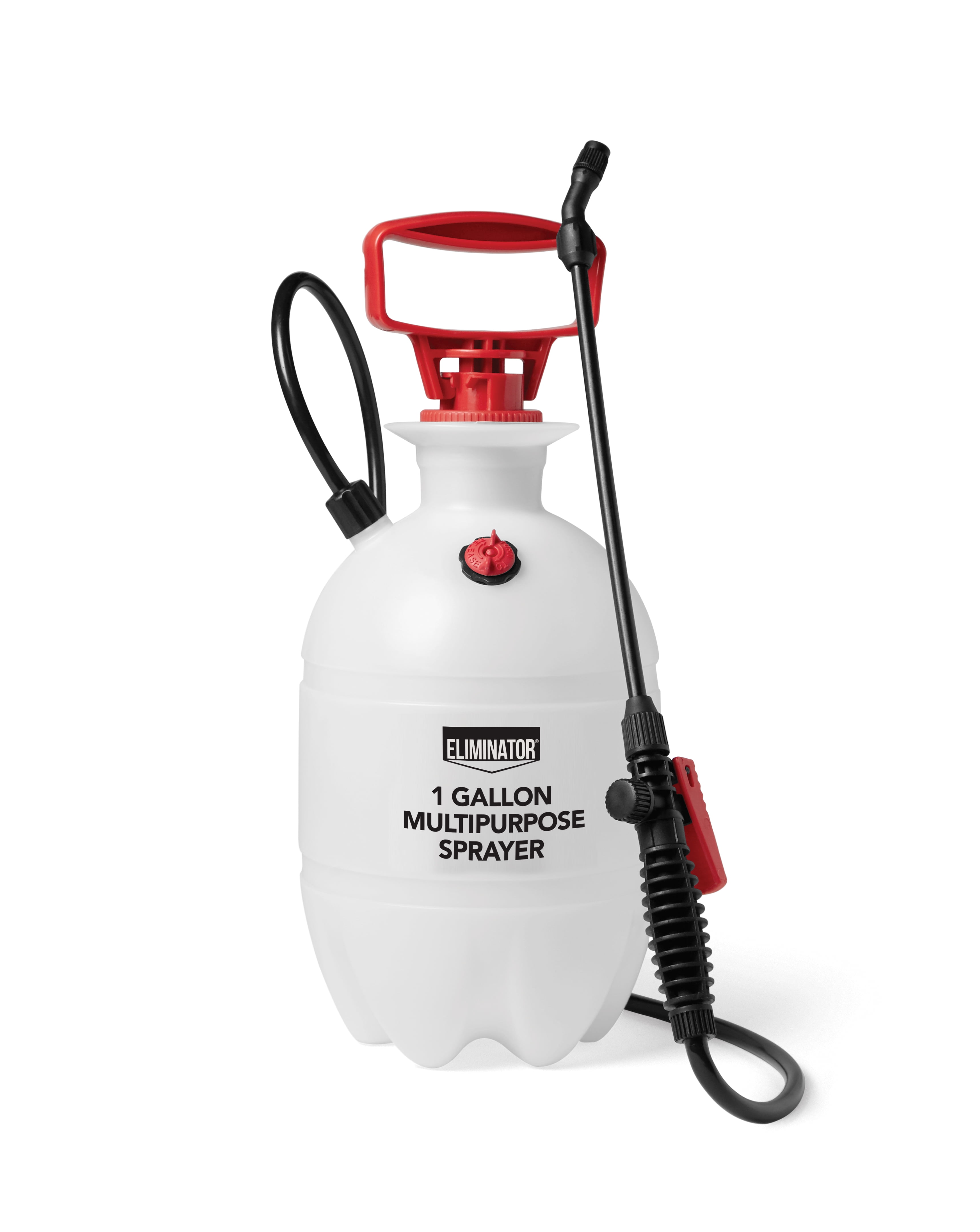

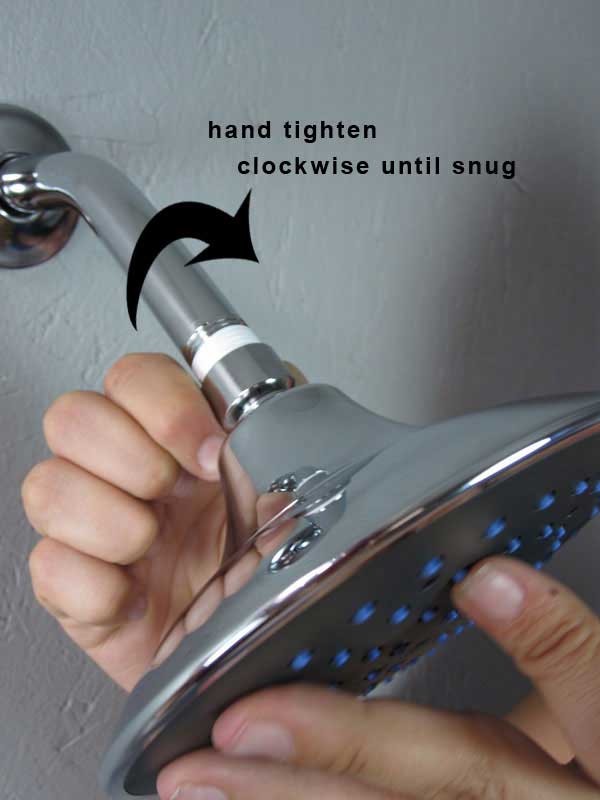

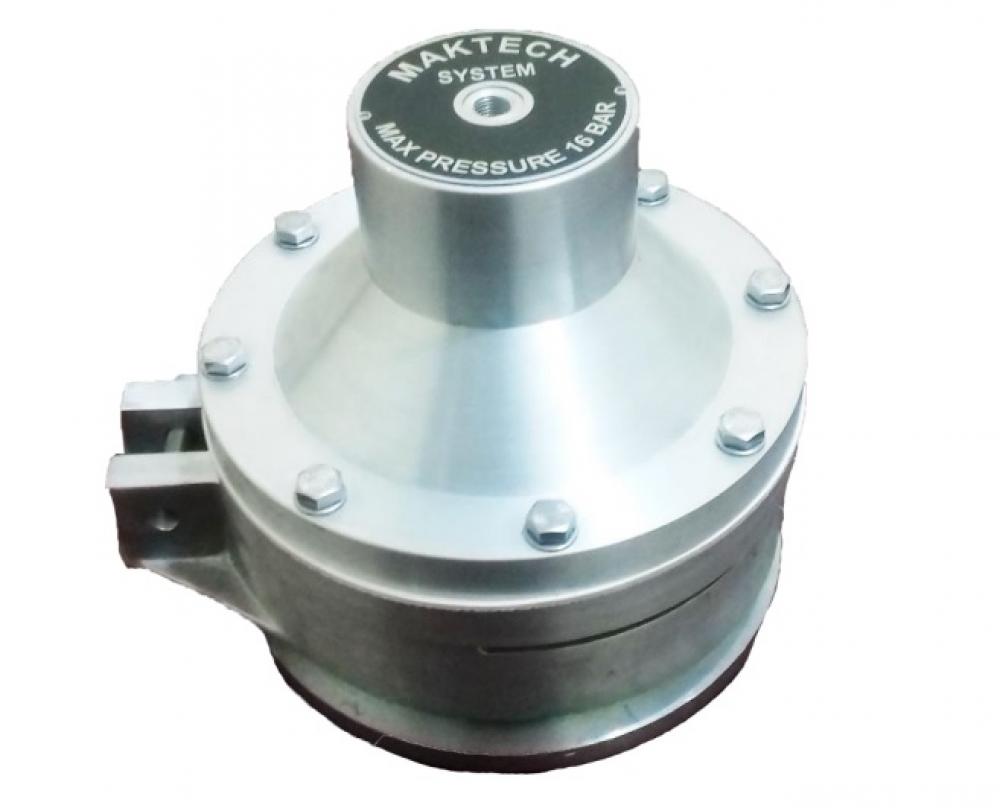

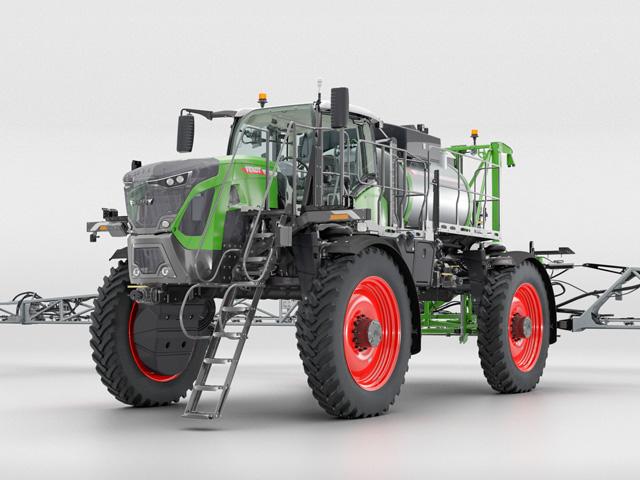




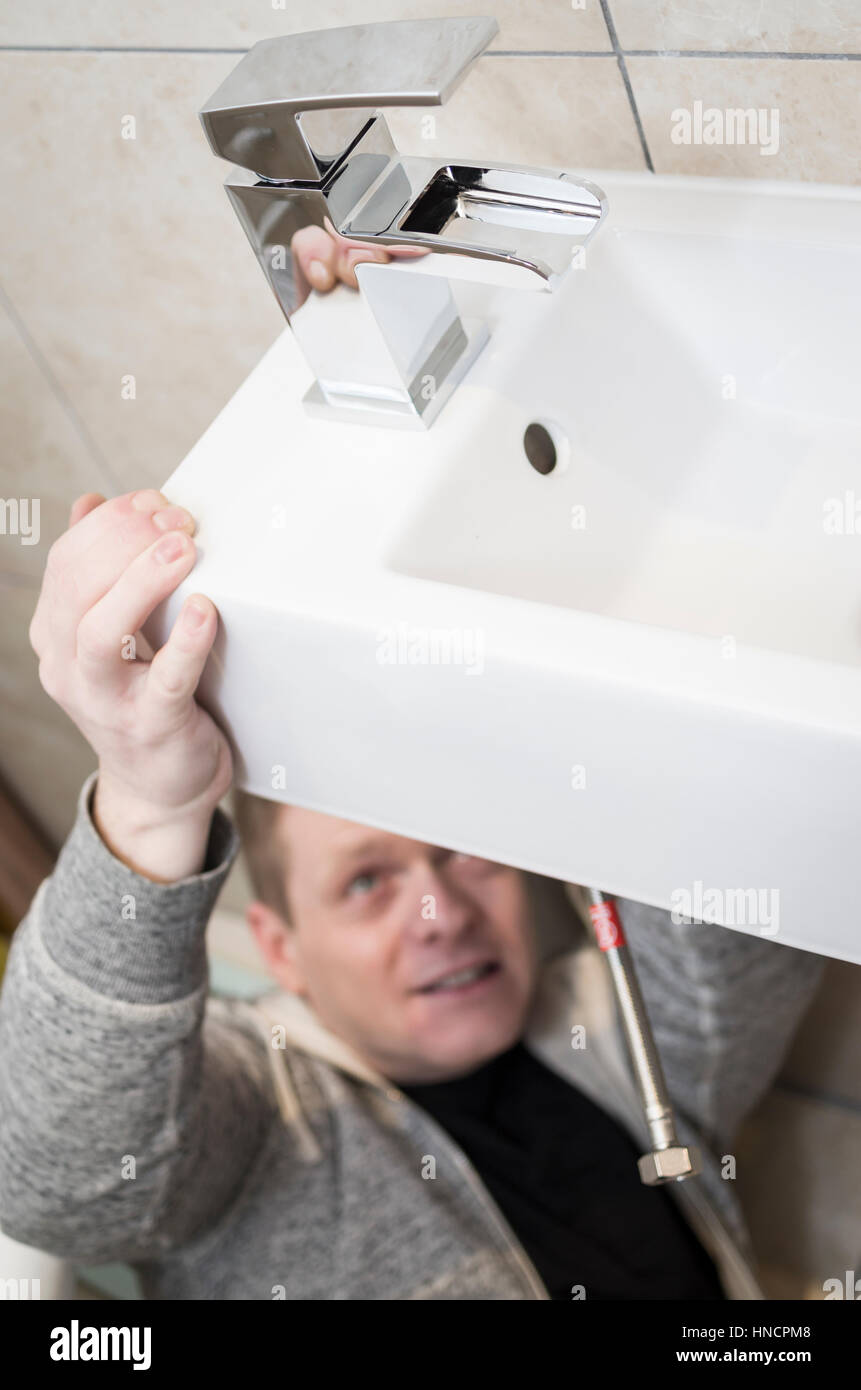

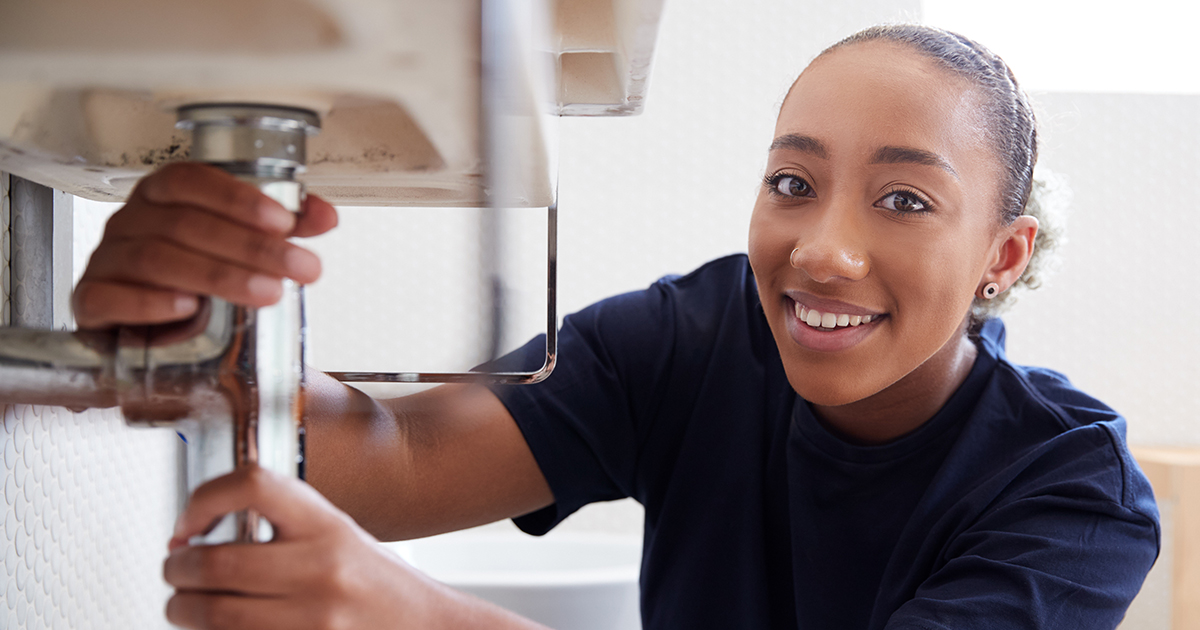
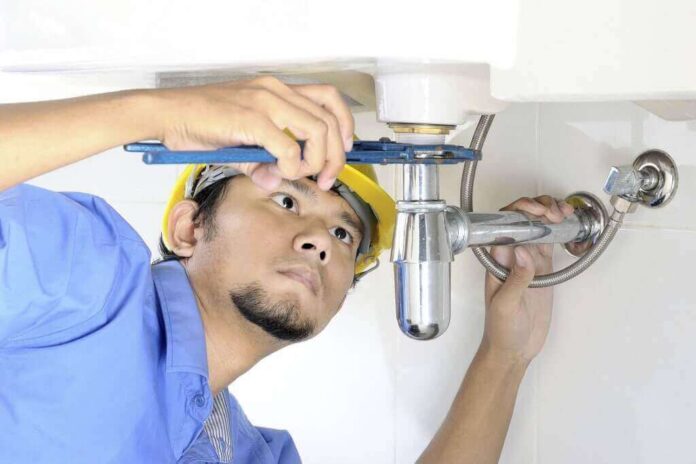

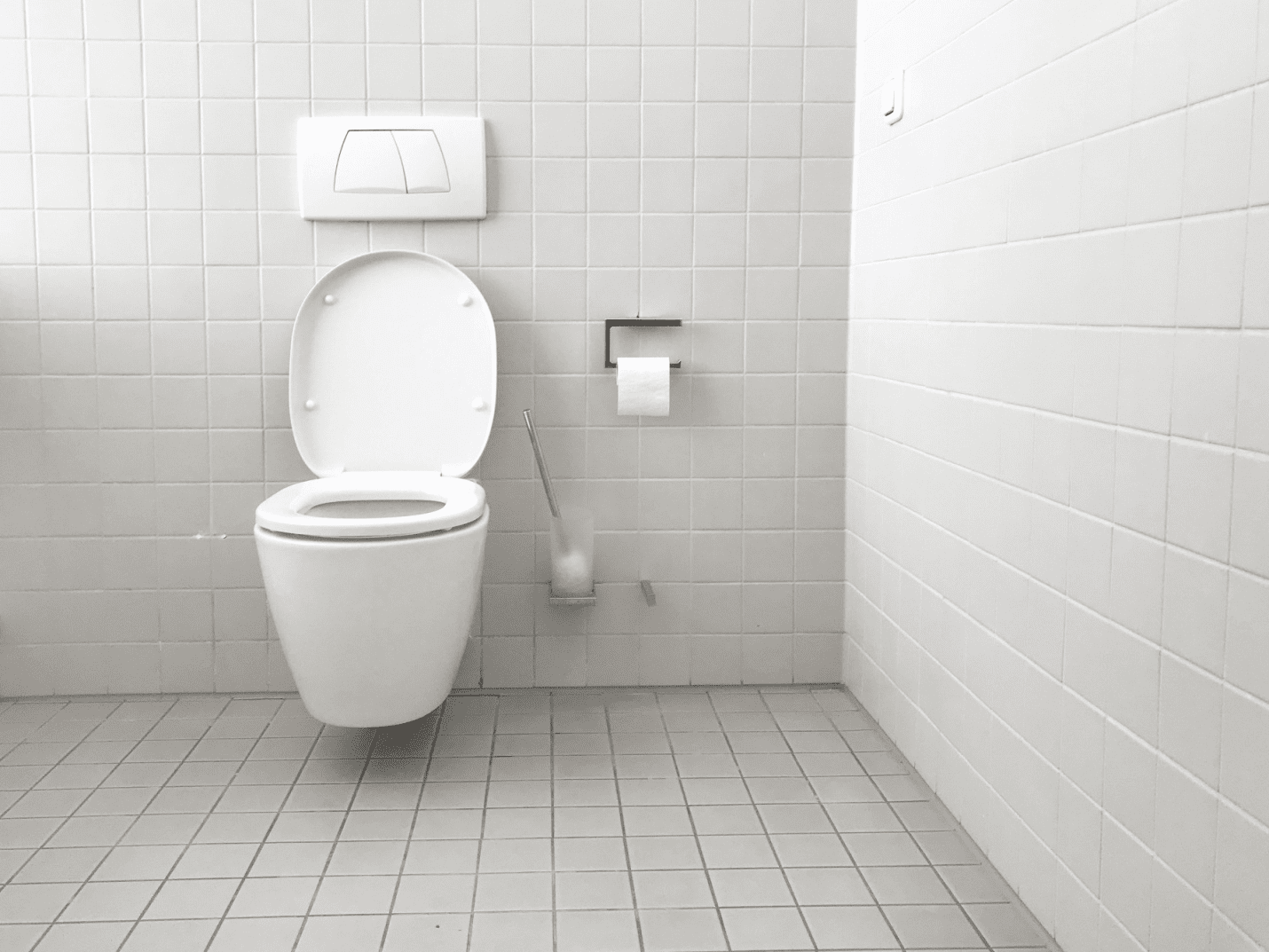
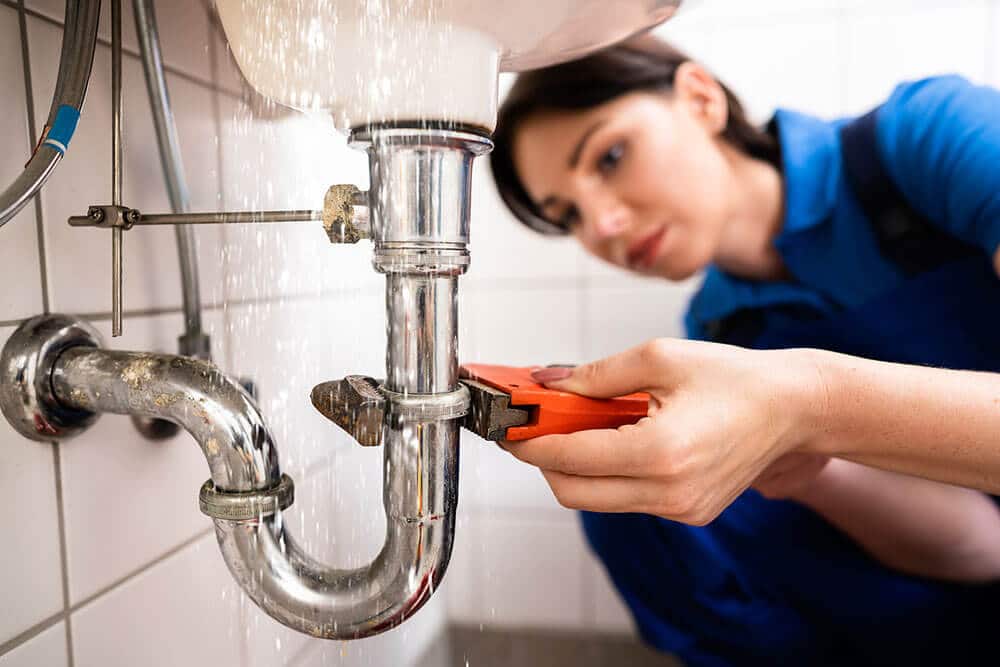
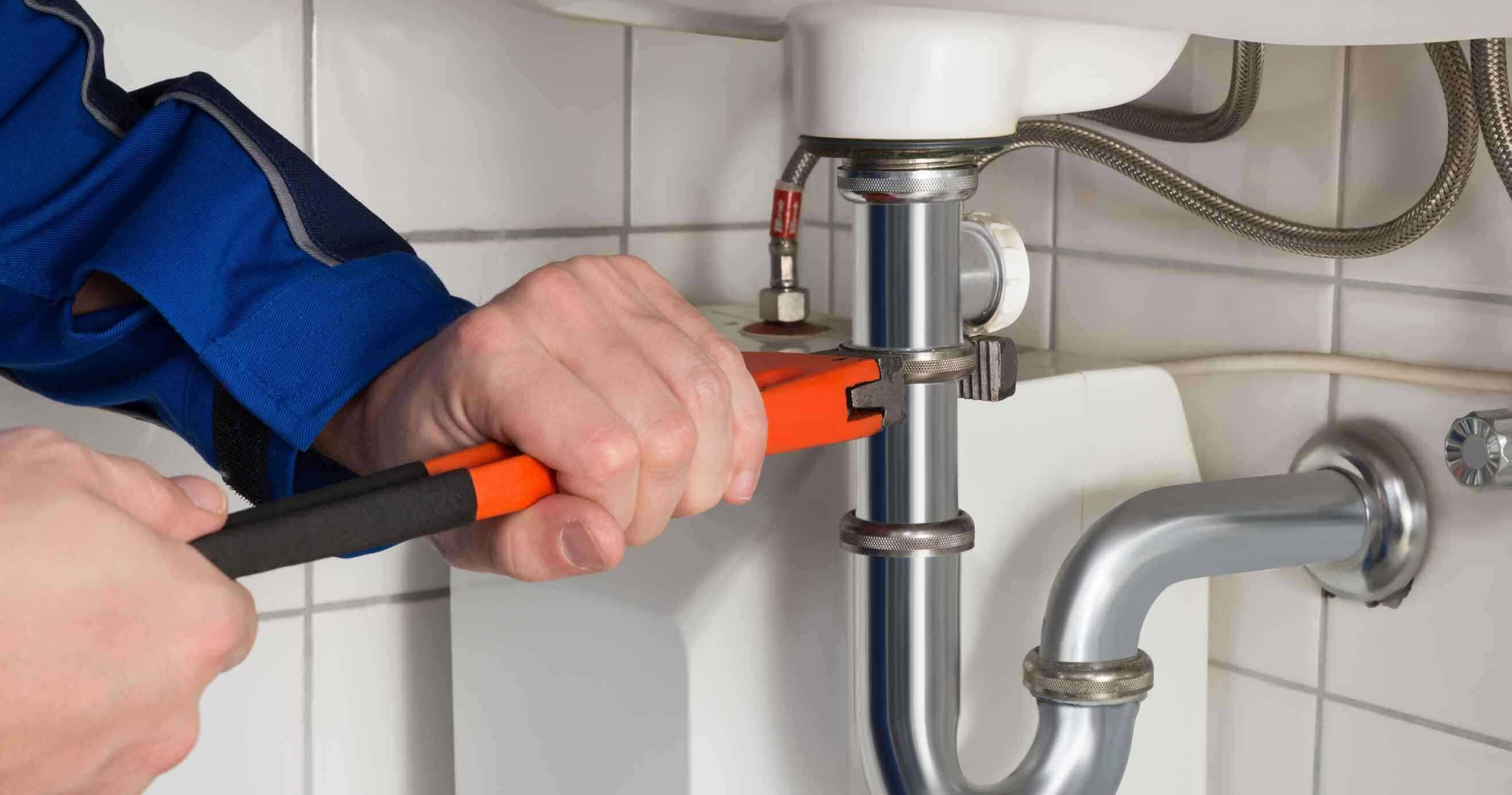
.PNG?format=1500w)

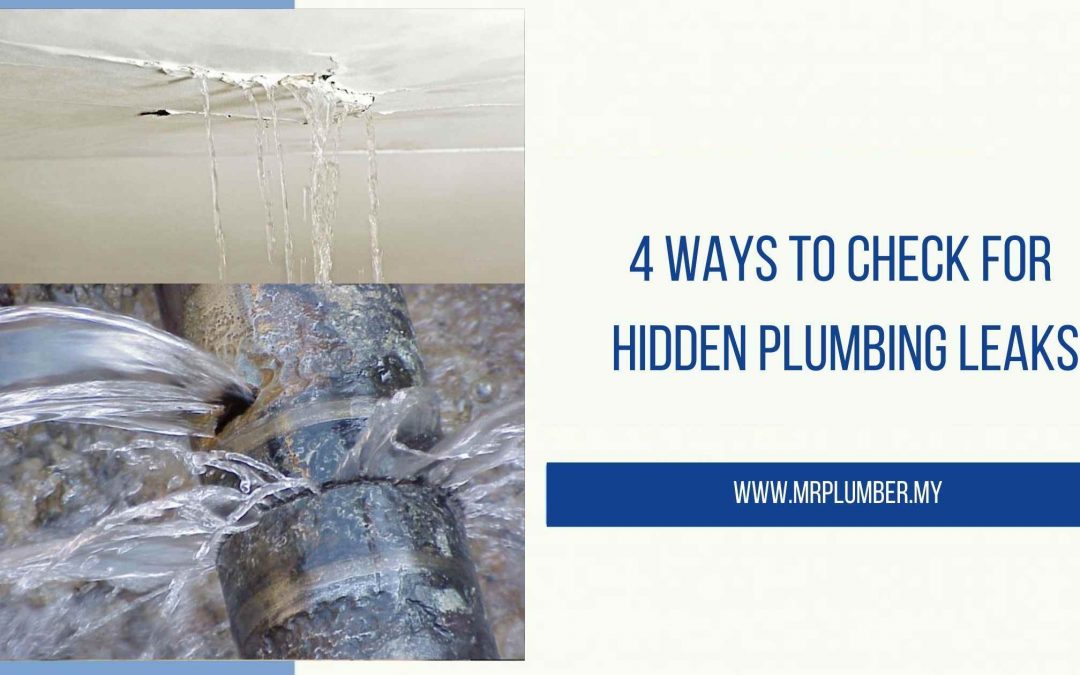









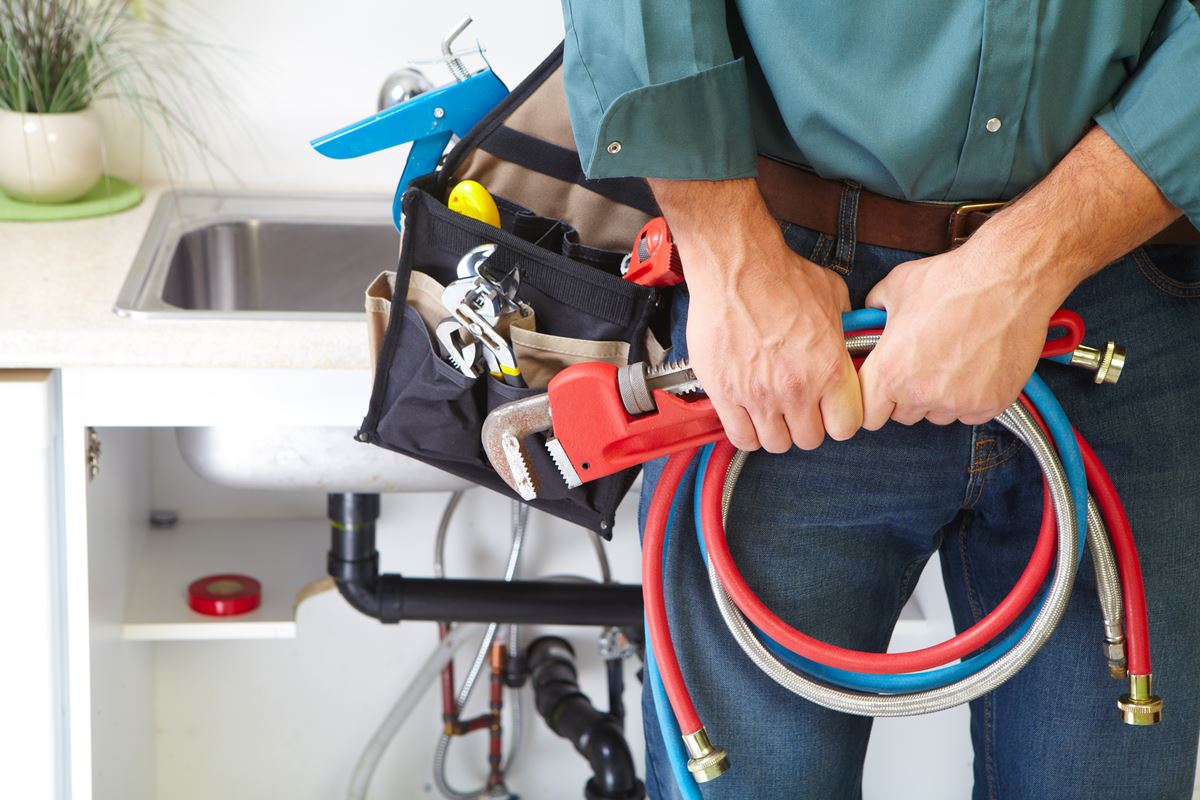




:max_bytes(150000):strip_icc()/beautiful-living-room-interior-with-colorful-area-rug--large-couch--and-abundant-natural-light-1210163723-a6f8f523c80a41b3a1272de88db0cc21.jpg)

